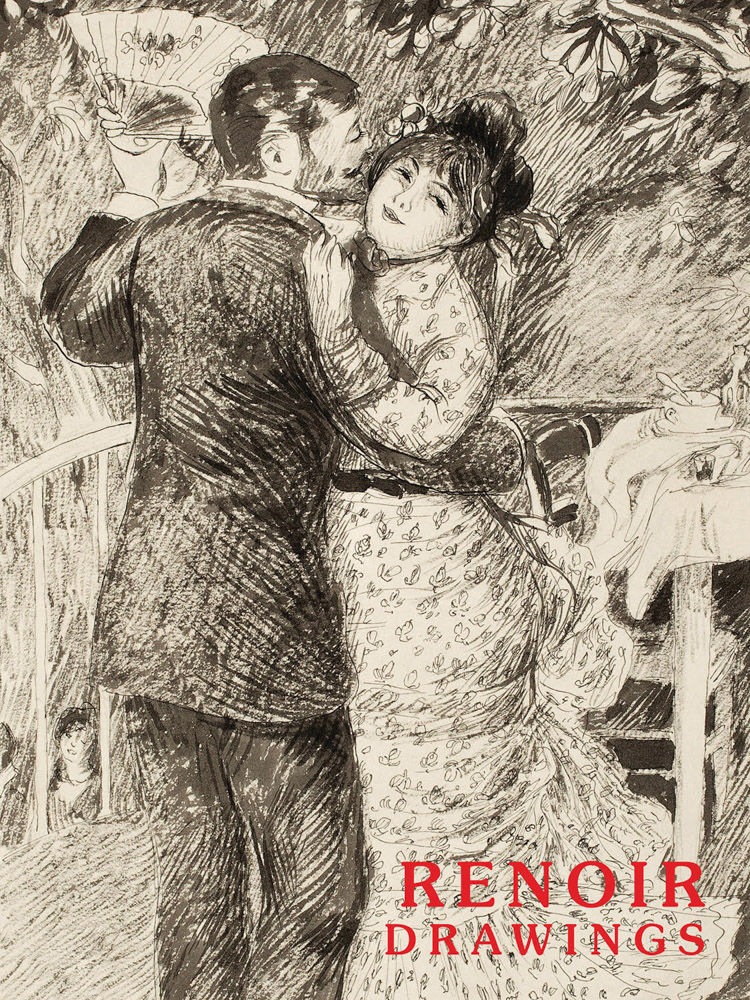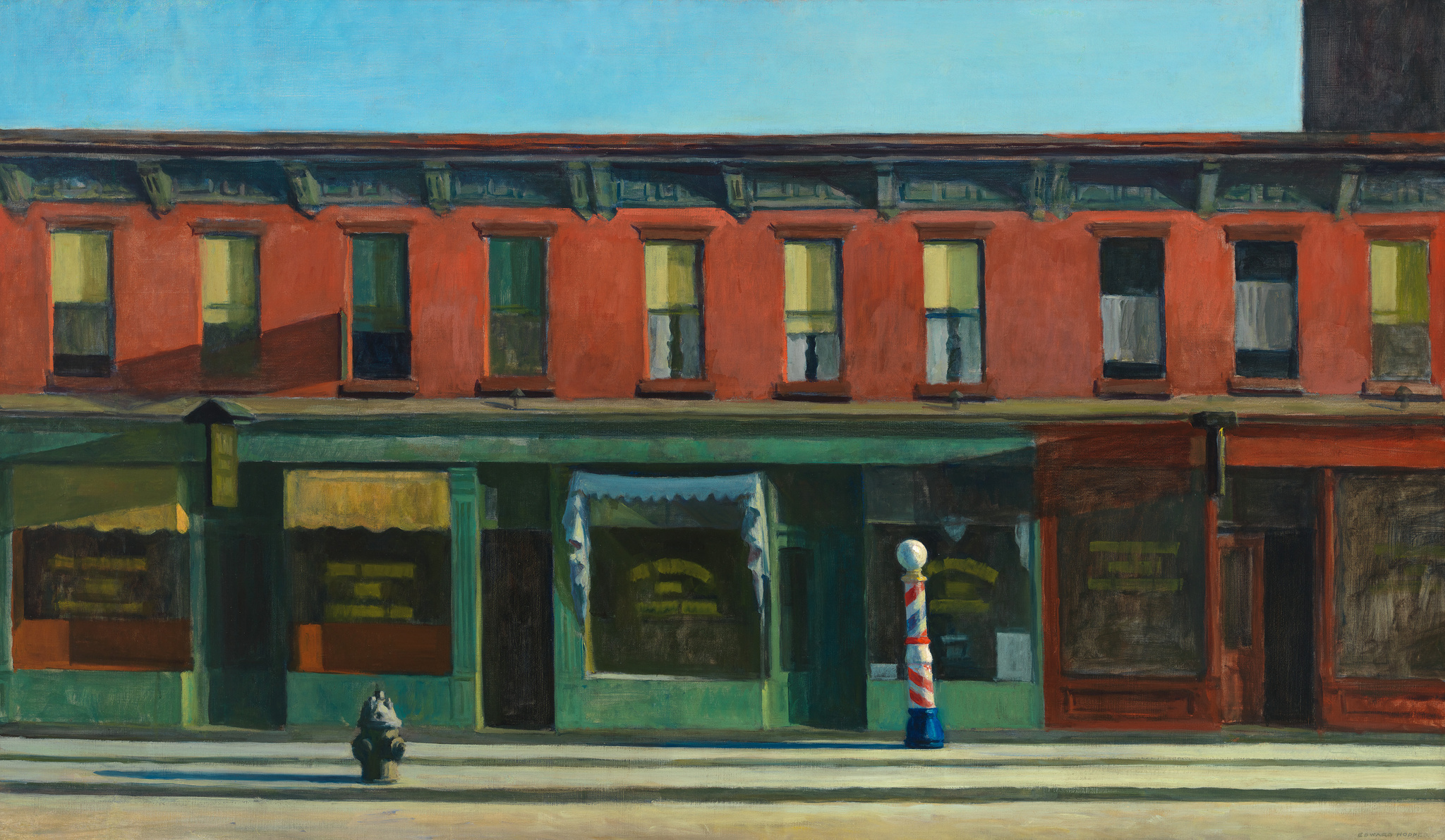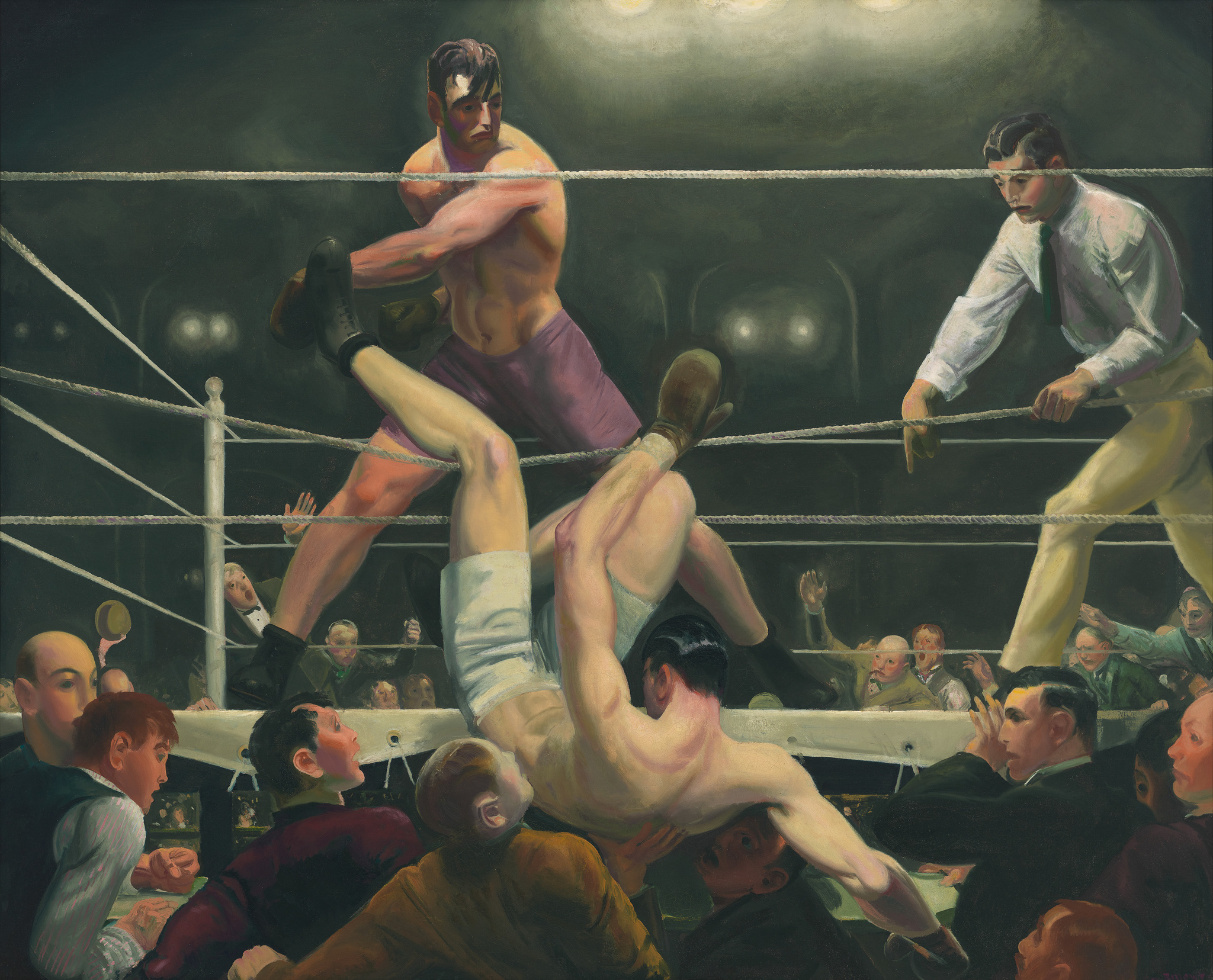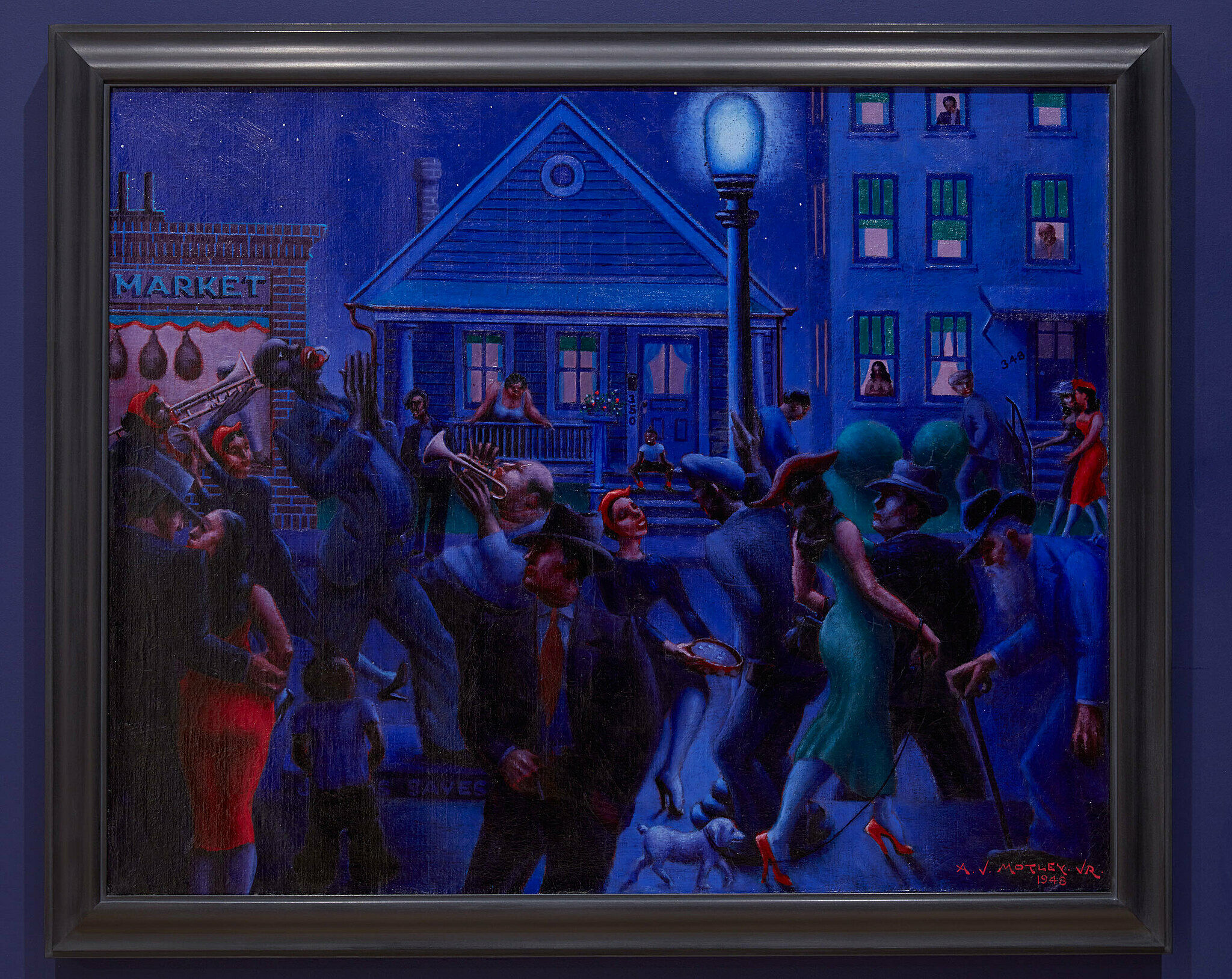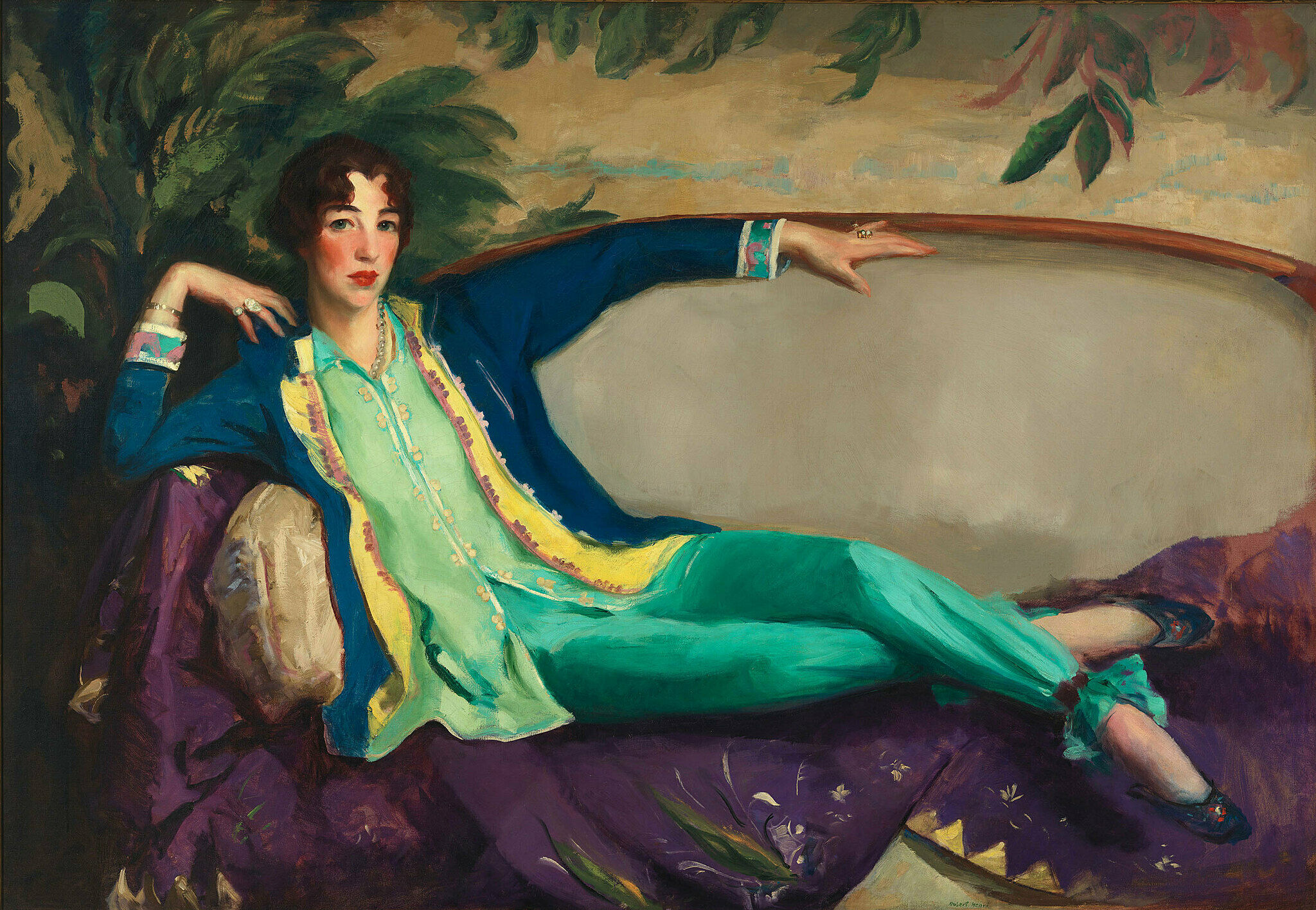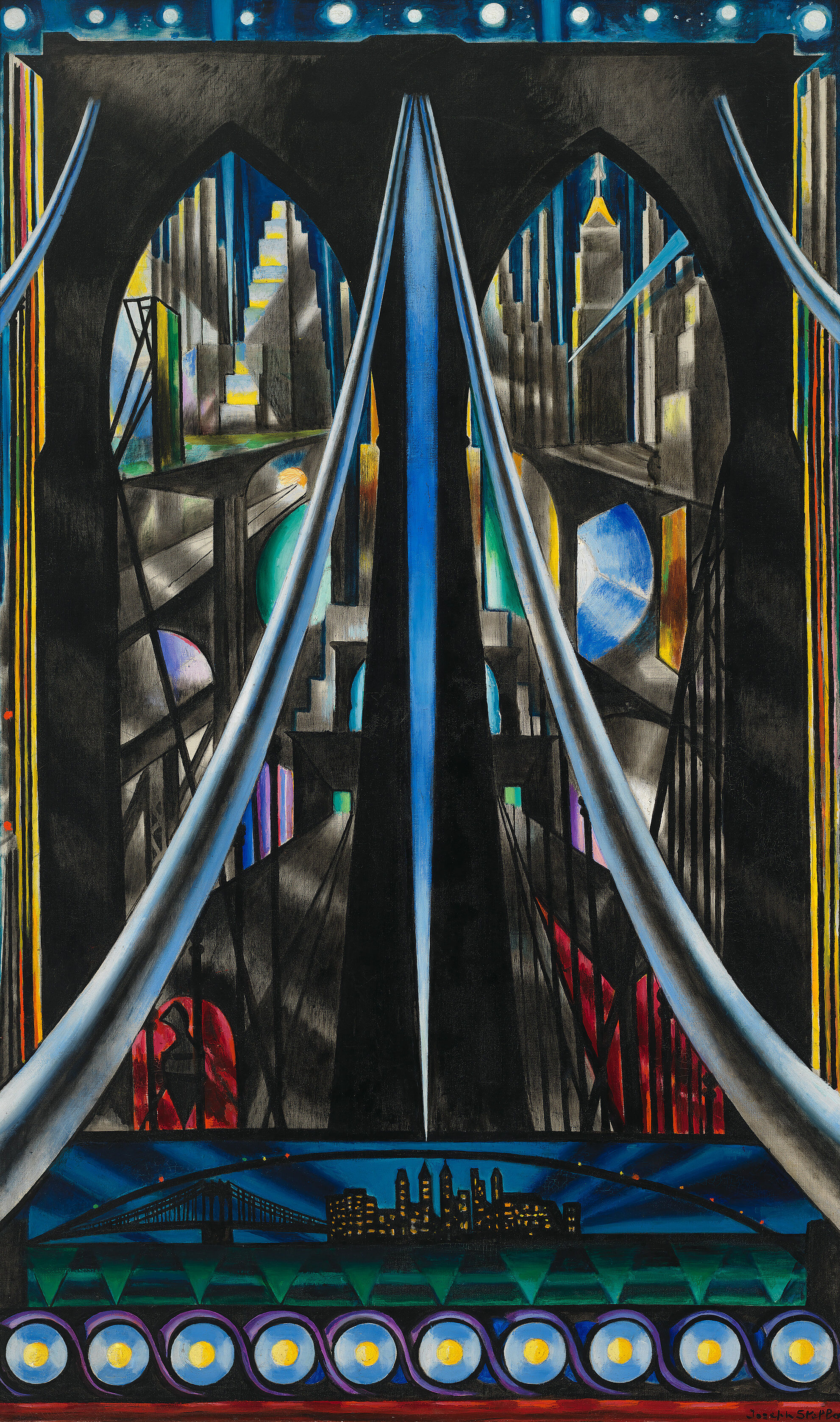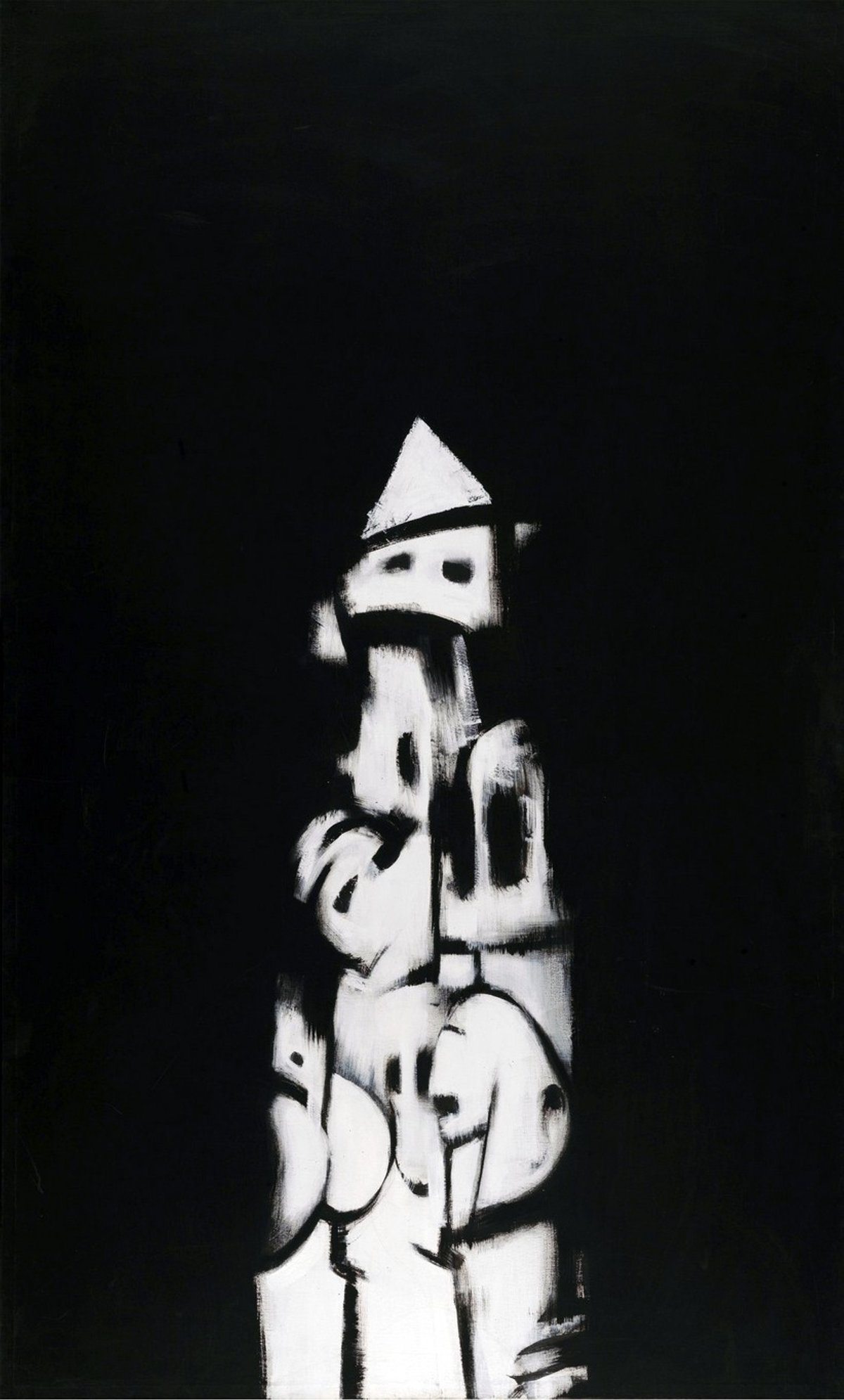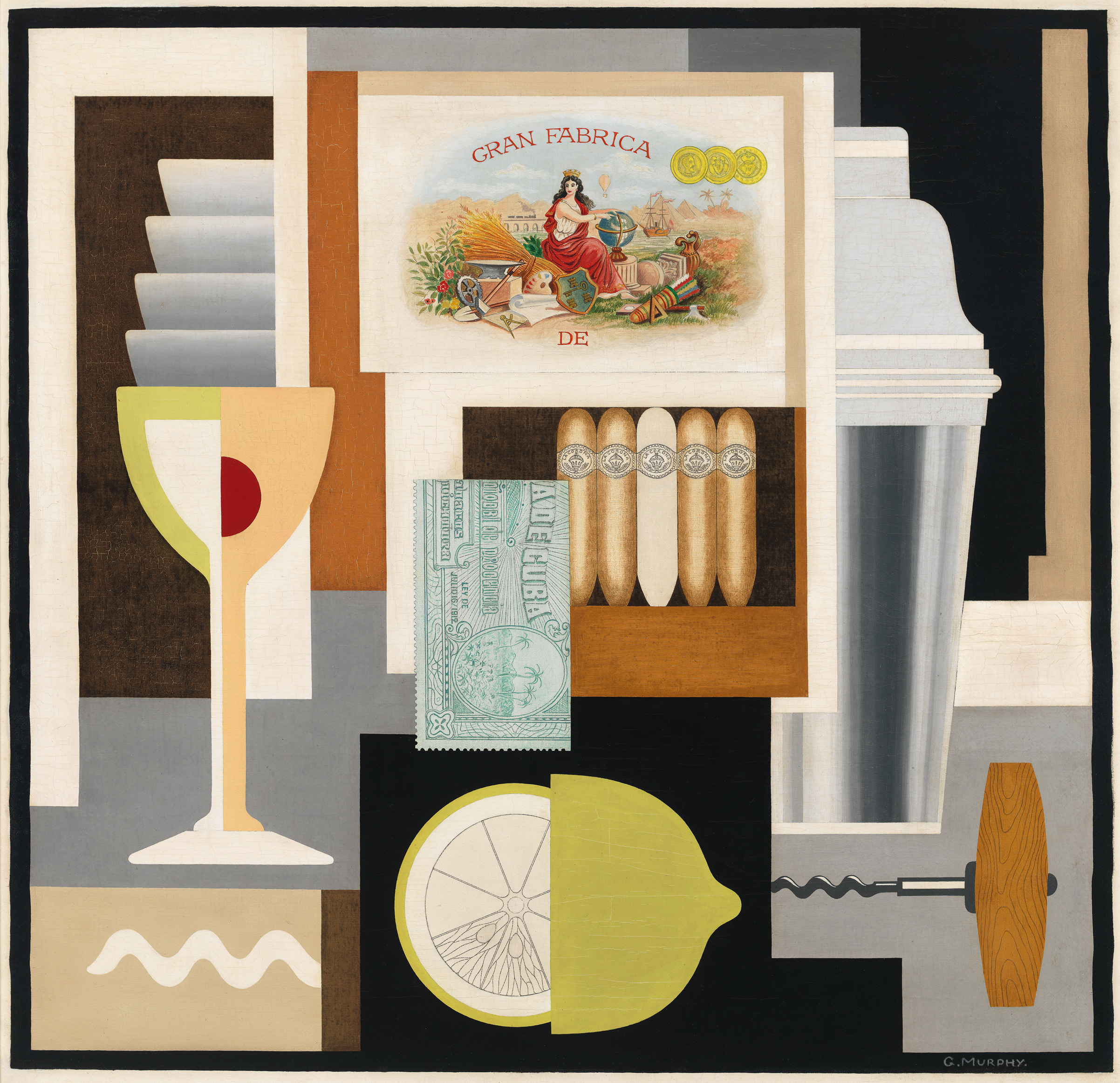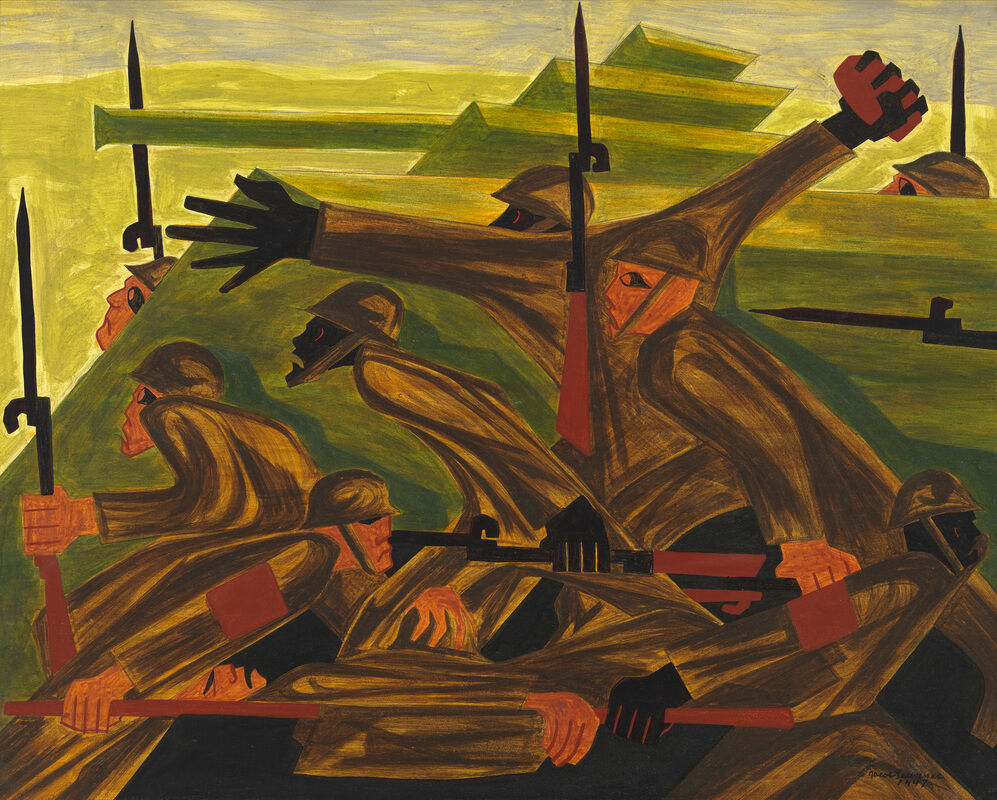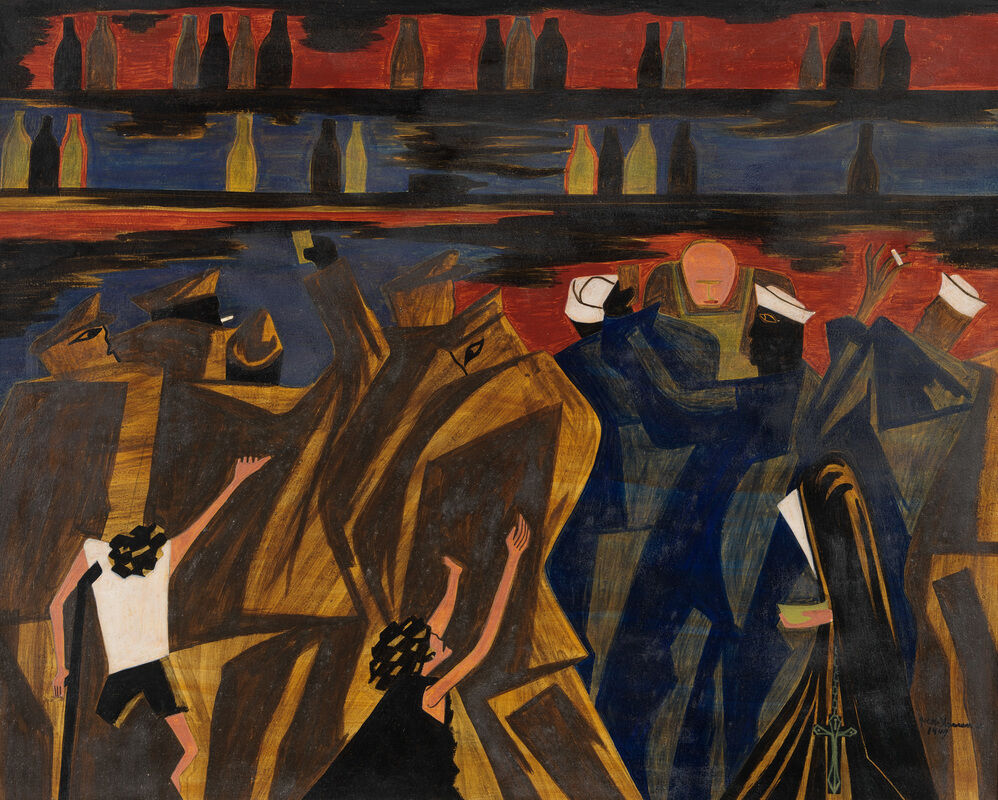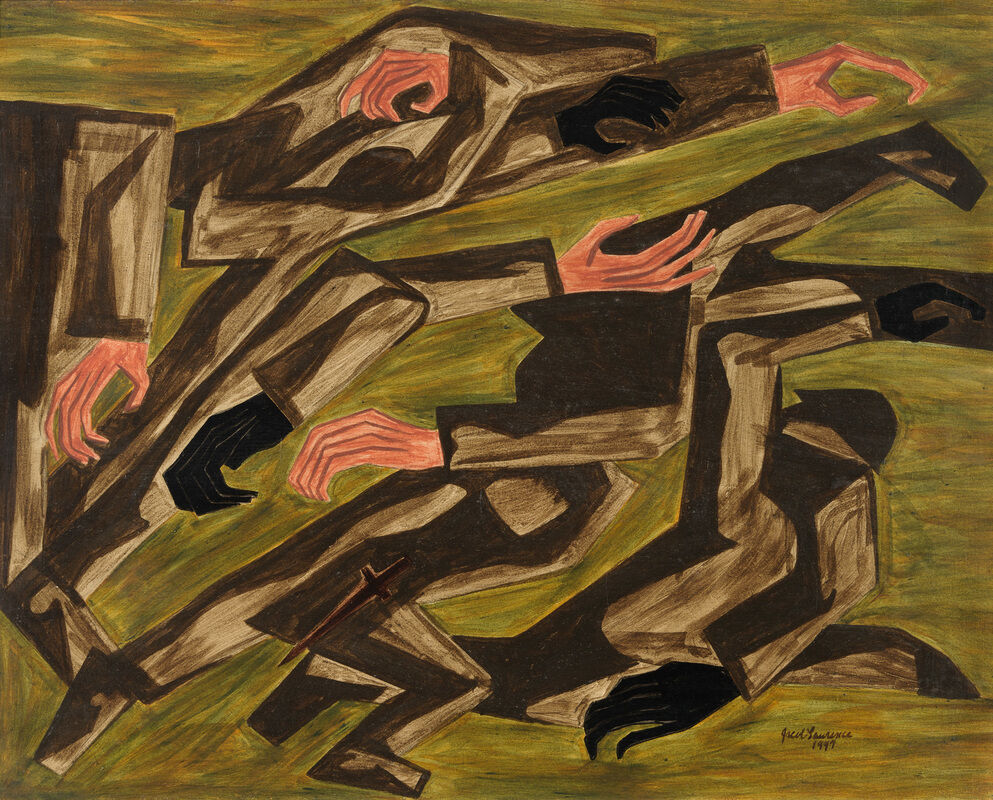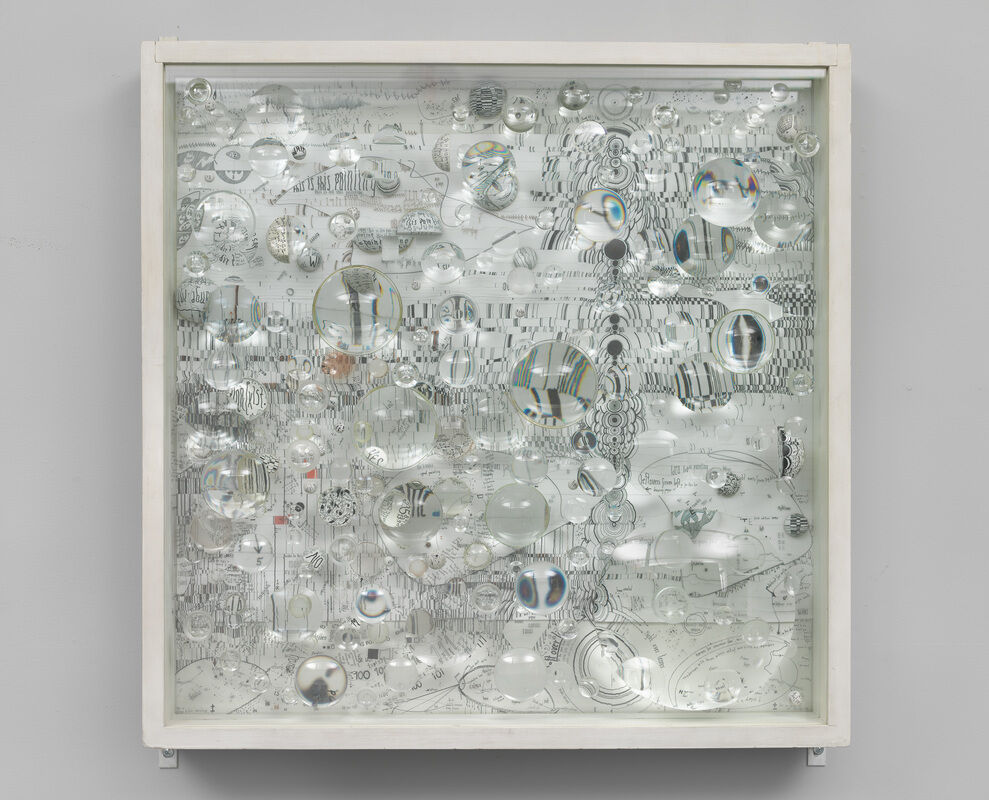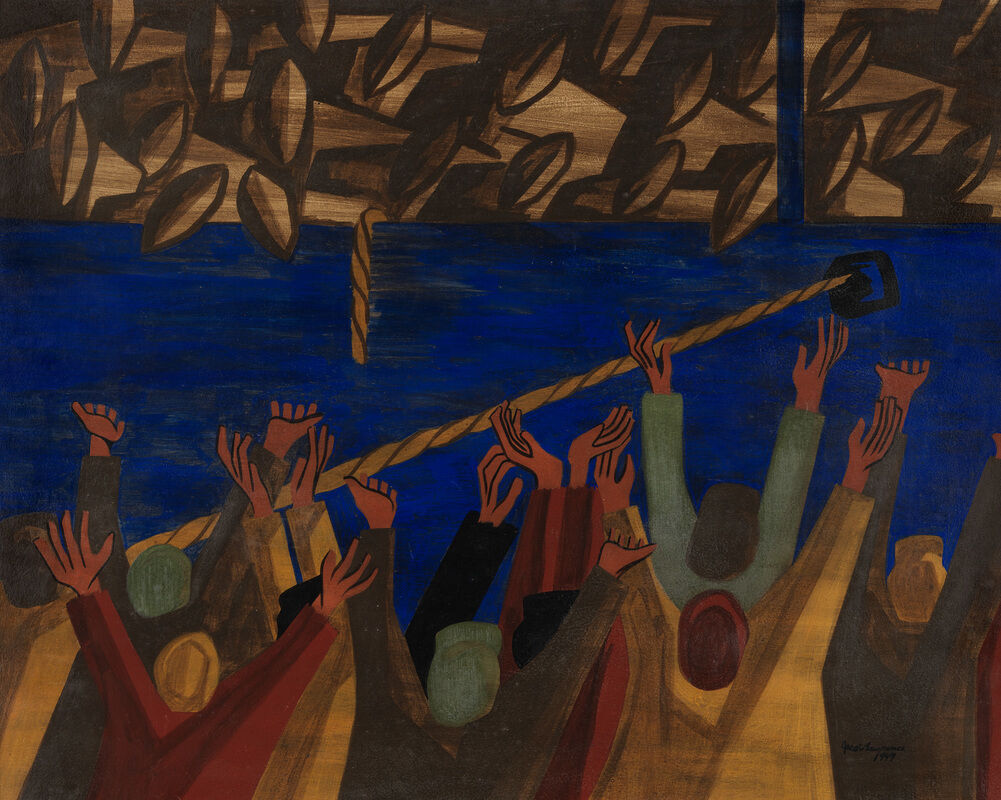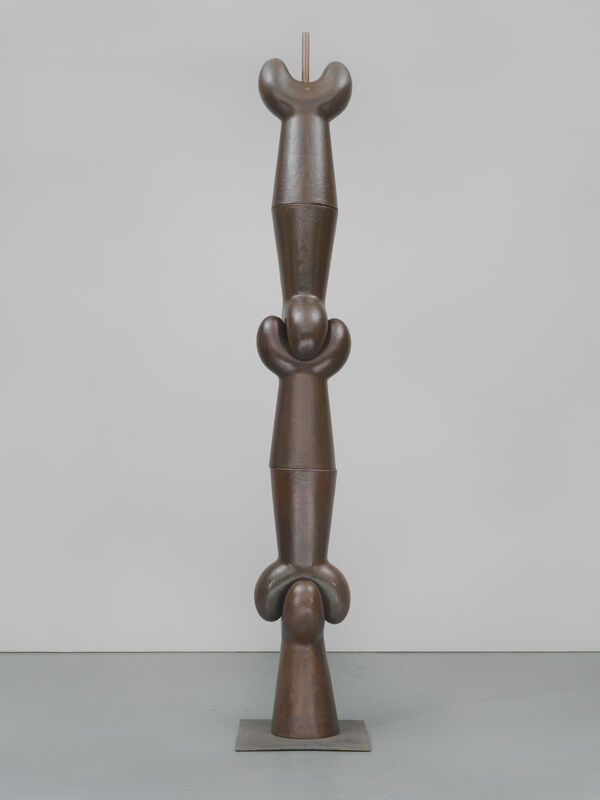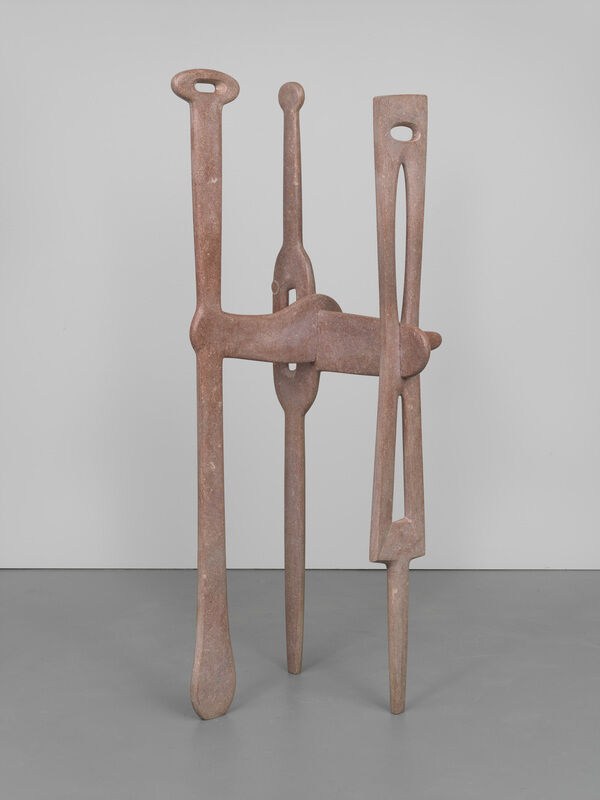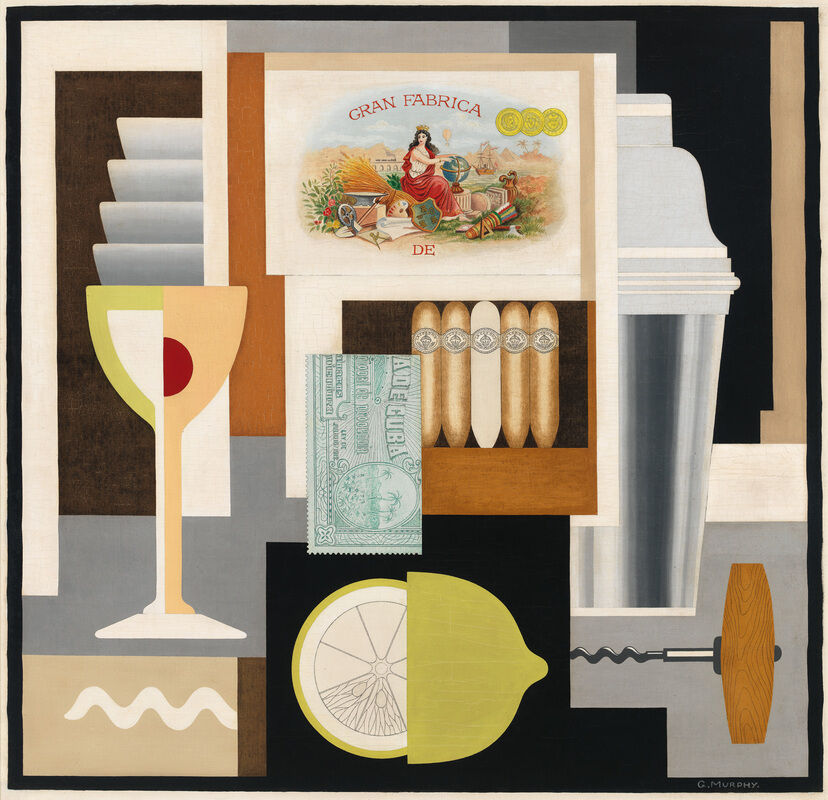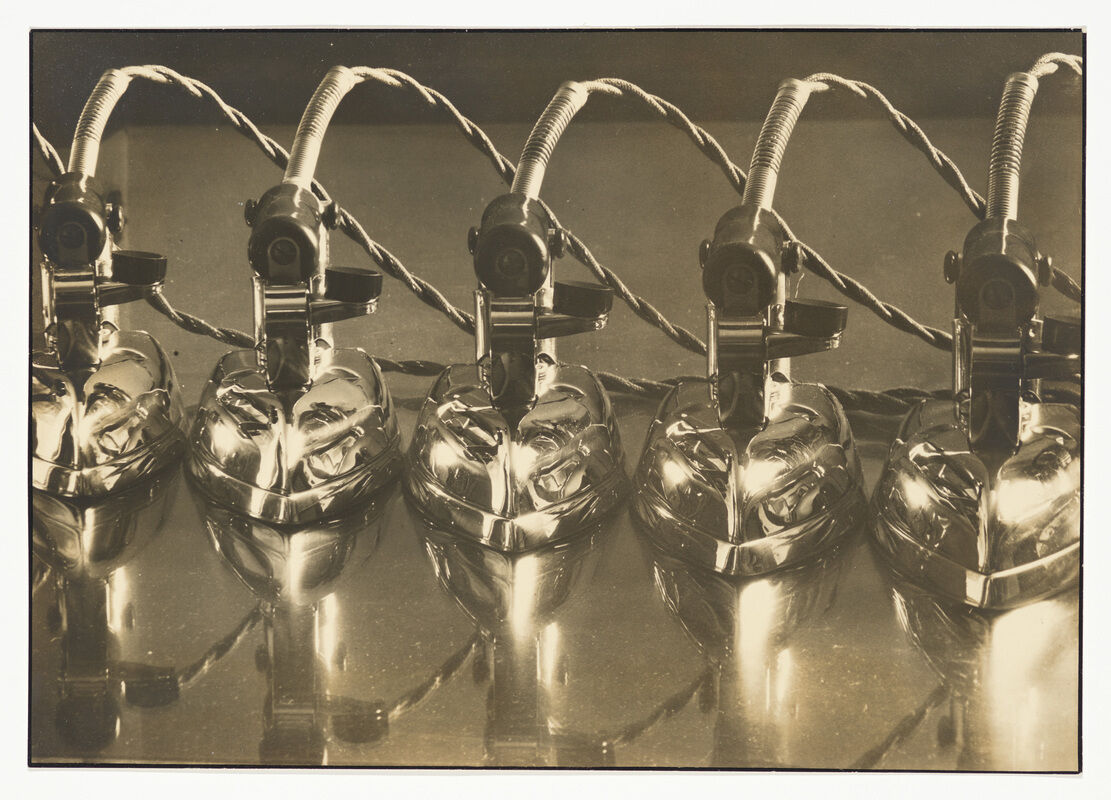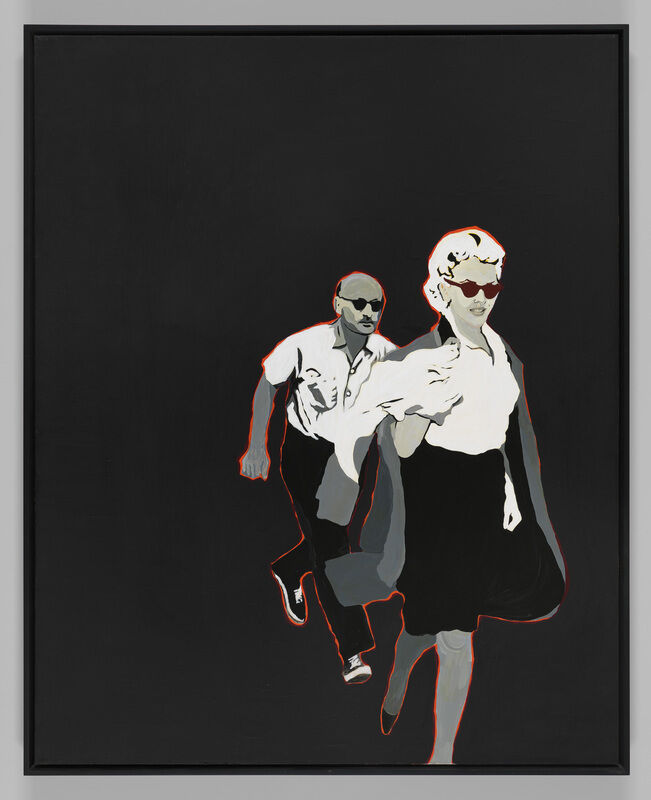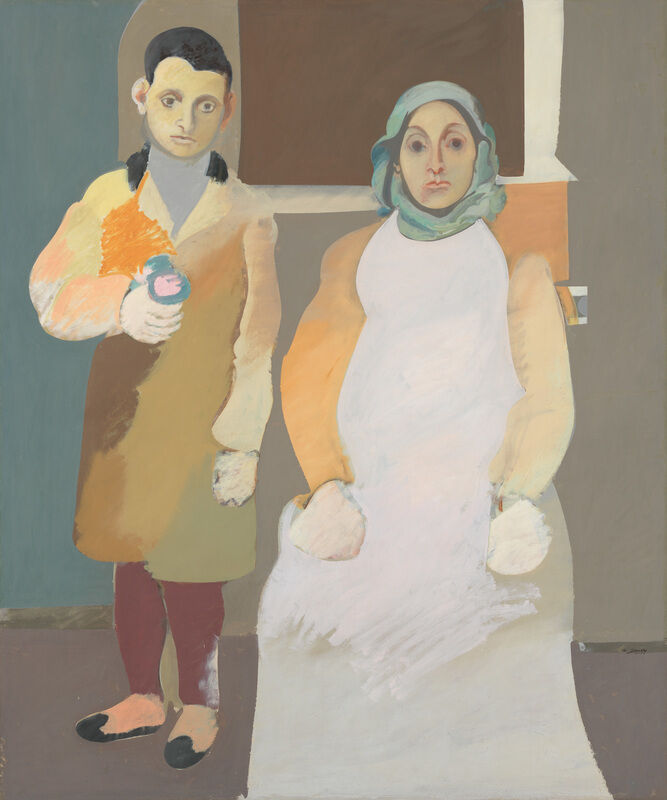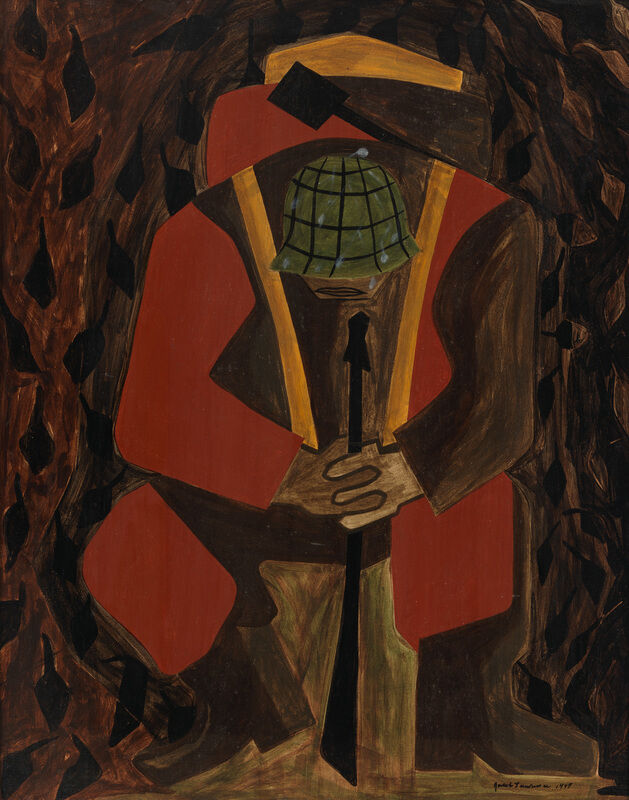Morgan Library & Museum
October 17, 2025, through February 8, 2026
Musée d’Orsay
March 17 to July 5, 2026
This fall, the Morgan
Library & Museum will present Renoir Drawings, the
first comprehensive the exhibition explores
Renoir’s engagement with draftsmanship across his
long and influential career. Organized with the Musée
d’Orsay, Paris, Renoir Drawings brings together over
one hundred drawings, pastels, watercolors, prints,
and paintings, inviting visitors to engage with Renoir’s
creative process while offering insights into his
artistic methods across five decades.
While Renoir’s paintings have become icons of Impressionism, his drawings are less wellknown. Yet beginning in his earliest days as an artist-in-training and continuing until his
very last years, Renoir regularly drew and painted on paper in a variety of media.
Auguste Renoir (1841–1919), Portrait of a Girl (Elisabeth Maître), 1879. Pastel on Ingres paper. The Albertina Museum, Vienna – The Batliner Collection, DL535.
The first
comprehensive exhibition devoted to his drawings since Aquarelles, pastels et dessins par
Renoir in 1921 at the Galeries Durand-Ruel, in Paris, Renoir Drawings assembles outstanding examples of all the media on paper in which Renoir worked, from pencil, pen
and ink, chalk, pastel, and watercolor to etching and lithography.
“Renoir’s drawings reveal an artist of
tremendous sensitivity and range,” said Colin
B. Bailey, curator of the exhibition and
Katharine J. Rayner Director of the Morgan
Library & Museum. “This exhibition brings
together rarely seen works on paper to
provide a more complete view of Renoir’s
creative process, offering visitors a fresh
perspective on one of the most well-known
and influential painters of the nineteenth
and twentieth centuries.”
Renoir Drawings,
the first exhibition at the Morgan to be curated by Dr. Bailey, coincides with his tenth
anniversary as its director. He is a noted specialist in eighteenth-century French art and a
recognized authority on Renoir.
Renoir Drawings marks the culmination of
many years of collaboration between the
Morgan and the Musée d’Orsay, combining
the Morgan’s dedication to presenting
works on paper and records of the
creative process with the extraordinary
holdings of Renoir’s work from the Musée
d’Orsay.
With the exception of the period 1865–
1875, the decade in which Renoir—with
Claude Monet, Alfred Sisley, and Camille Pissarro—pioneered the Impressionist method of
working directly from nature without preliminary sketches, he created drawings
throughout his working life.
Thematic sections in the exhibition will cover the full span of Renoir’s career, ranging from academic studies he made as a student to on-the-spot
impressions of contemporary urban and rural life, and from finished, formal portraits to
intimate sketches of friends and family completed late in life.
Mid-career, Renoir returned to a more
traditional practice of preparatory studies.
A number of his major paintings, along with one plaster sculpture, are reunited with their related drawings to illustrate his creative process. Inspired by the major gift to the Morgan in 2018 of a large-scale preparatory sketch for one of Renoir’s most significant paintings,
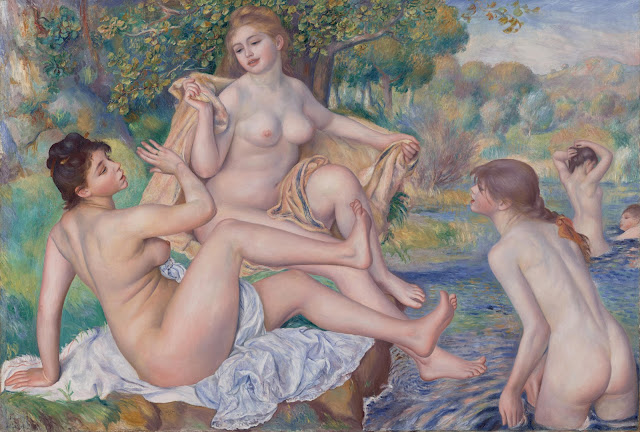
Auguste Renoir (1841–1919), The Great Bathers, 1886–87. Oil on canvas. Philadelphia Museum of Art, The Mr. and Mrs. Carroll S. Tyson, Jr., Collection, 1963, 1963-116-13.
Auguste Renoir (1841–1919), Study for “The Great Bathers,” ca. 1886–87. Red and white chalk, with smudging and blending, on paper mounted to canvas. The Morgan Library & Museum, New York, bequest of Drue Heinz; 2018.71. Photography by Graham Haber, 2018.
The Great
Bathers (1886–87), the exhibition
presents this painting, on loan from the
Philadelphia Museum of Art, alongside
seven preparatory drawings.
Another of his most ambitious figure paintings, Dance in theCountry (1883), is also on view, alongside seven related works on paper.
Other highlights from the exhibition include Renoir’s drawings for publications, including
for an illustrated edition of novelist Émile Zola’s L’Assommoir and for the periodical La Vie
moderne, showing the ways in which he adapted his technique for different reproduction
processes.
Also on view are portraits of his inner circle, most notably of his wife, Aline
Charigot, as well as of his young sons and their nursemaid, Gabrielle Renard.
Auguste Renoir (1841–1919) and Richard Guino (1890–1973), The Judgement of Paris, 1914. Patinated plaster. GrandPalaisRmn (musée d’Orsay). Photography by René-Gabriel Ojéda.
The exhibition
concludes with the plaster sculpture The Judgement of Paris (1914), created in
collaboration with sculptor Richard Guino, after arthritis severely limited Renoir’s use of
his hands.
Following the installation at the Morgan, Renoir Drawings will be on view at the Musée
d’Orsay from March 17 to July 5, 2026.
Organization and Sponsorship
Organized by Colin B. Bailey, Katharine J. Rayner Director, and Sarah Lees, Research
Associate to the Director.
Renoir Drawings is organized by the Morgan Library & Museum and the Musée d’Orsay.
The
exhibition at the Musée d’Orsay is organized by Paul Perrin, Director of Curatorial Affairs
and Collections, and Anne Distel, Honorary General Curator of Heritage, with the
participation of Cloé Viala, Archival Research Assistant.
Catalogue
The exhibition is accompanied by an eponymous catalogue, the first of its kind dedicated to
Renoir’s graphic oeuvre. It aims to address a critical lacuna in the scholarship on Renoir by
launching a survey of his works on paper as a whole, comparable to those dedicated to his
fellow Impressionists. It is edited by Colin B. Bailey, Katharine J. Rayner Director, Morgan
Library & Museum; Anne Distel, Honorary General Curator of Heritage, Musée d’Orsay,
Paris; Sarah Lees, Research Associate to the Director, Morgan Library & Museum; and Paul
Perrin, Director of Curatorial Affairs and Collections, Musée d’Orsay, Paris.
Edited with text by Colin B. Bailey, Anne Distel, Sarah Lees, Paul Perrin. Foreword by Sylvain Amic, Colin B. Bailey. Text by Paul-Louis Durand-Ruel, Flavie Durand-Ruel.

Drawings, pastels, prints and watercolors: Renoir's works on paper provide crucial insight into his instantly recognizable Impressionist paintings
The paintings of Pierre-Auguste Renoir have become icons of Impressionism. Although his works on paper are less widely known, drawing remained central to his artistic practice even as his interests and ambitions changed over the course of a long career. This book explores the ways in which Renoir used paper to test ideas, plan compositions and interpret both landscape and the human figure.
Renoir Drawings features more than 110 drawings, pastels, watercolors, prints and a small selection of paintings, enabling readers to engage with Renoir's creative process while offering insights into his artistic methods over five decades.
Thematic sections cover the full span of the artist's career, ranging from academic studies he made as a student, to on-the-spot impressions of contemporary urban and rural life, to finished, formal portraits, to intimate sketches of friends and family completed late in life. In-depth case studies of favored themes and preparatory work for landmark canvases further illuminate Renoir's drawing practice.
Together with Claude Monet, Edgar Degas and Camille Pissarro, Pierre-Auguste Renoir (1841–1919) was a founder of the style that became known as Impressionism, and one of its most prolific exponents. He was described by Herbert Read as "the final representative of a tradition which runs directly from Rubens to Watteau."
This book was published in conjunction with RMN-Grand Palais; Musée d'Orsay; Morgan Library & Museum.Published by
DelMonico Books in conjunction with RMN-Grand Palais, Musée d’Orsay, and the Morgan
Library & Museum, the book will be available in October 2025
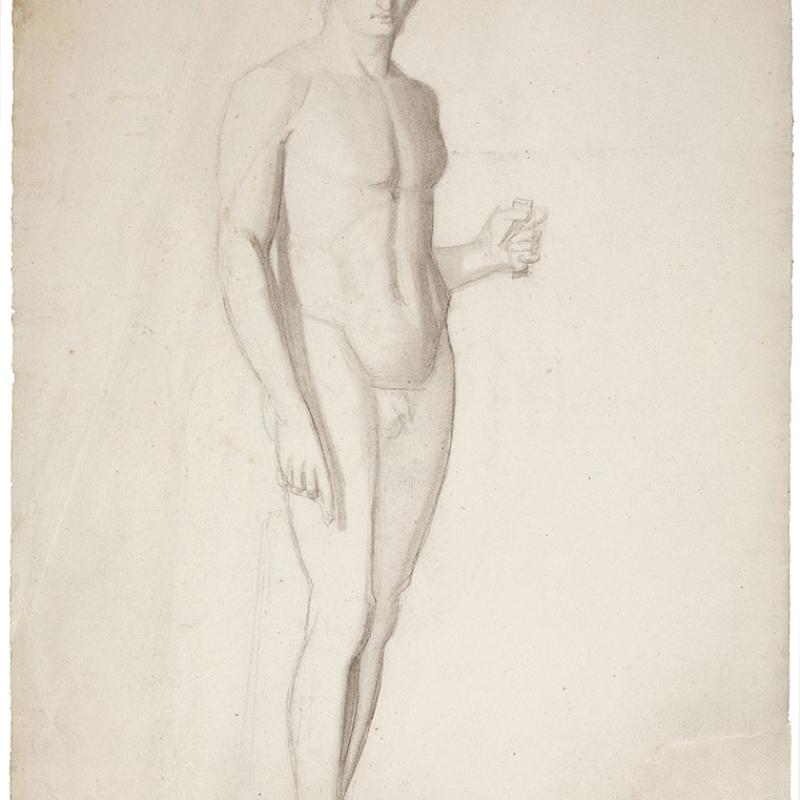
Study of the Borghese Mars, ca. 1862–63 Chalk on paper Private collection, Paris
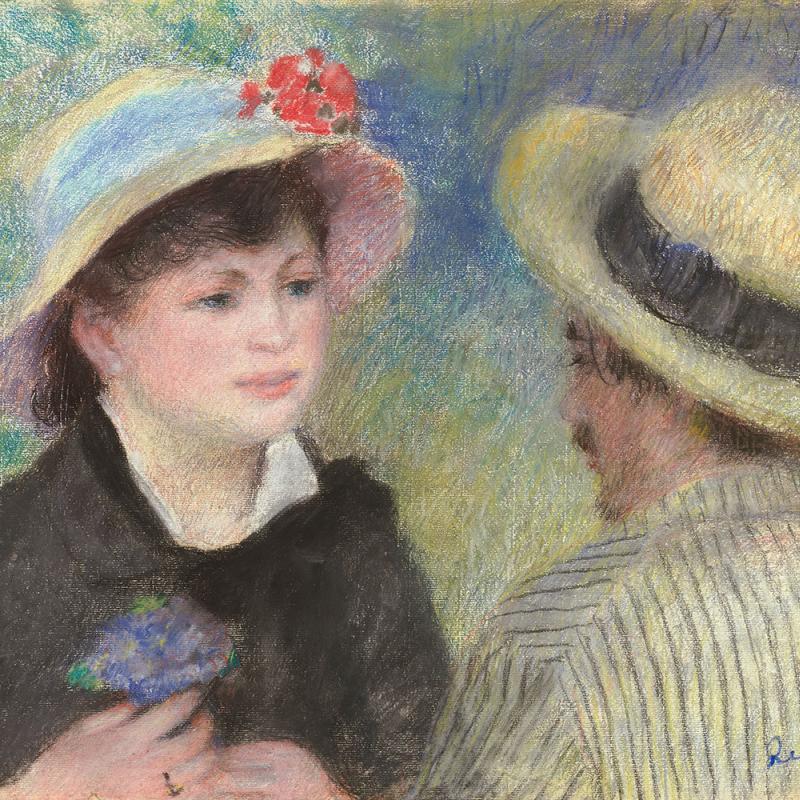
Boating Couple, 1880–81
Pastel on paper
Museum of Fine Arts, Boston. Given in memory of Governor Alvan T. Fuller by the Fuller Foundation, 61.393
Photograph © 2025 Museum of Fine Arts, Boston.
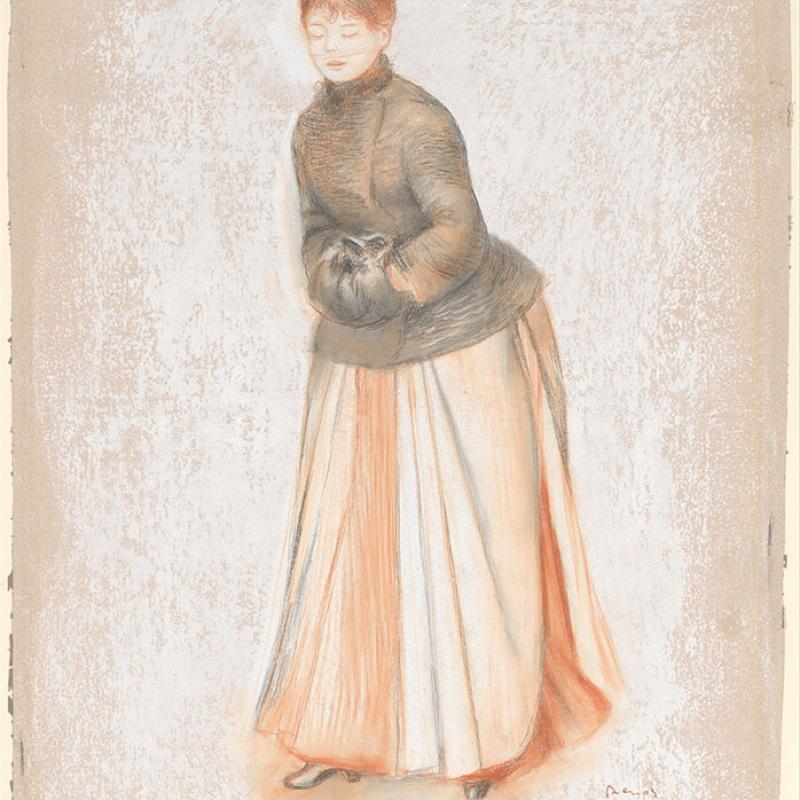
Young Woman with a Muff, ca. 1880
Red, black, and white chalk on paper
The Metropolitan Museum of Art, New York. H. O. Havemeyer Collection, Bequest of Mrs. H. O. Havemeyer, 1929, 29.100.195
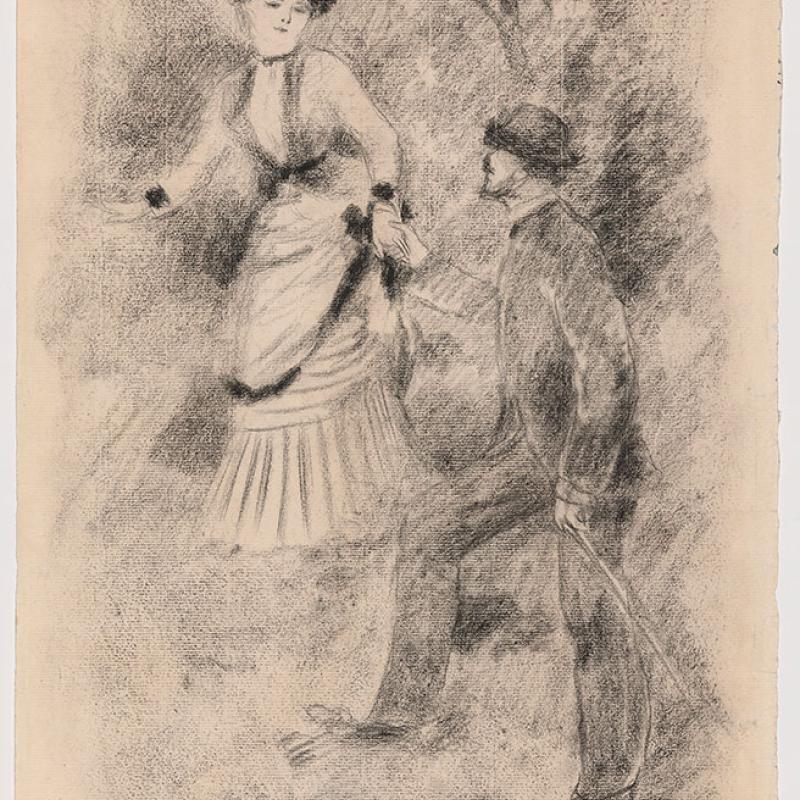
The Descent from the Summit: Jean Martin Steadies Hélène, the Banker’ s Daughter (Illustration for Edmond Renoir’ s “L’Étiquette”), 1883 Black chalk on paper The Art Institute of Chicago, Gift of Mr. and Mrs. B. E. Bensinger, 1969.870R. The Art Institute of Chicago / Art Resource, NY
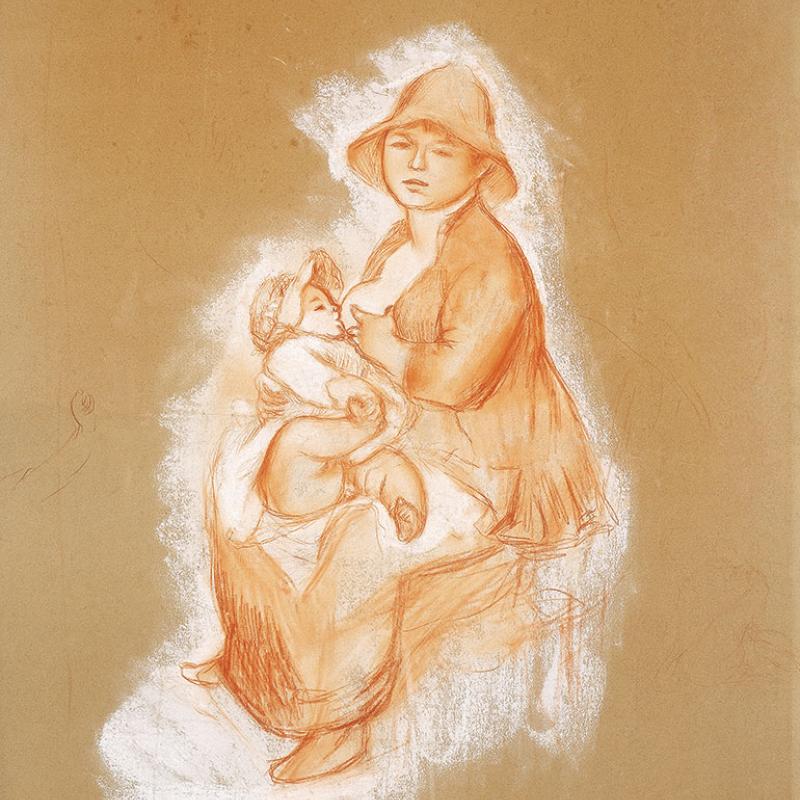
Motherhood, 1885
Red and white chalk on paper mounted to canvas
Colección Pérez Simón, Mexico Photography © Arturo Piera
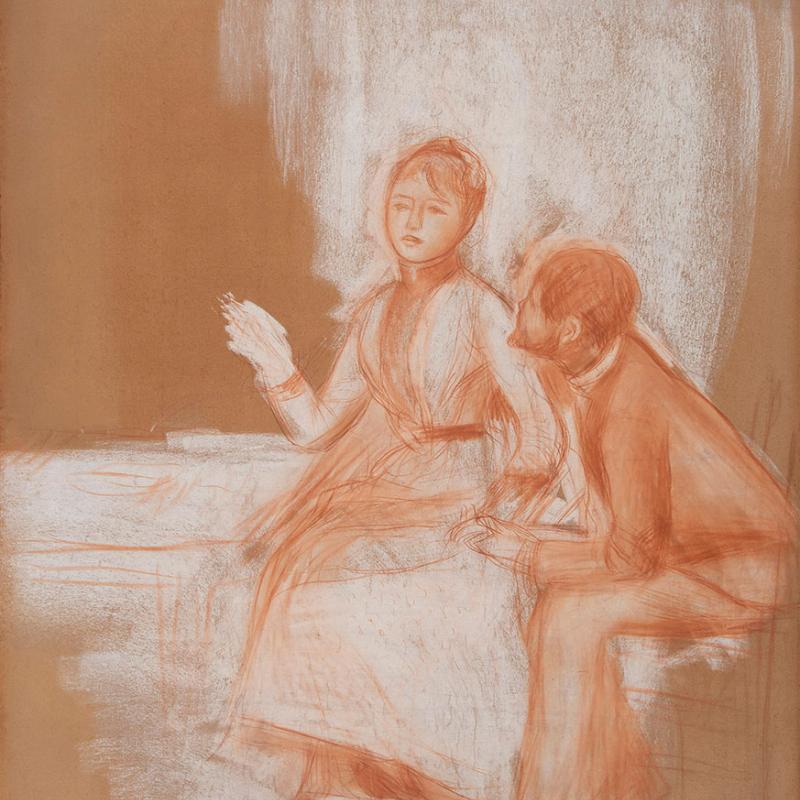
The Lovers, ca. 1885
Red and white chalk on paper mounted to canvas
Collection of Hélène Bailly, Paris
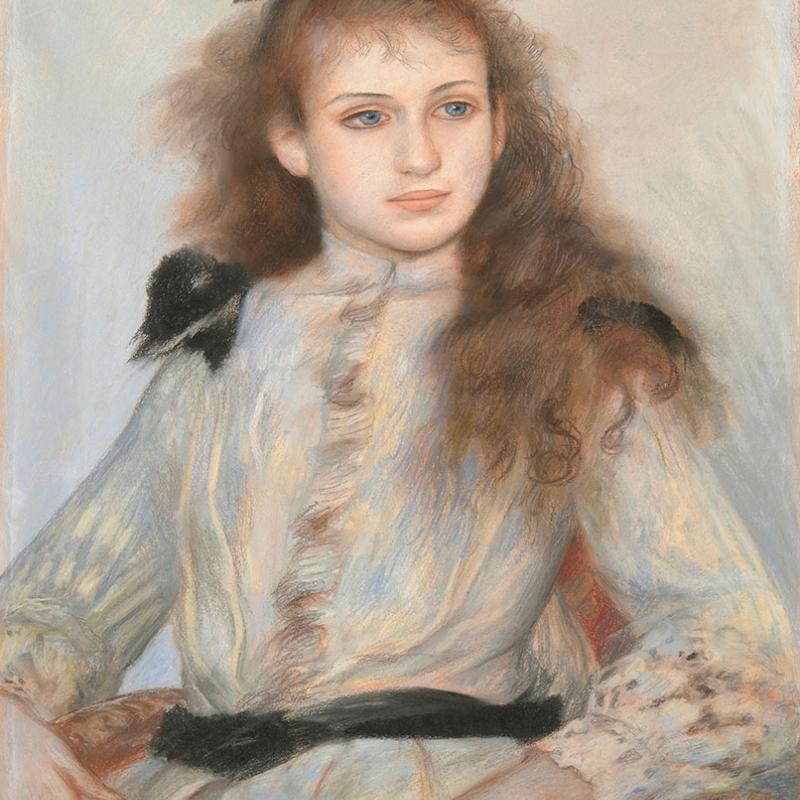
Madeleine Adam, 1887
Pastel and graphite on paper Collection of Diane B. Wilsey
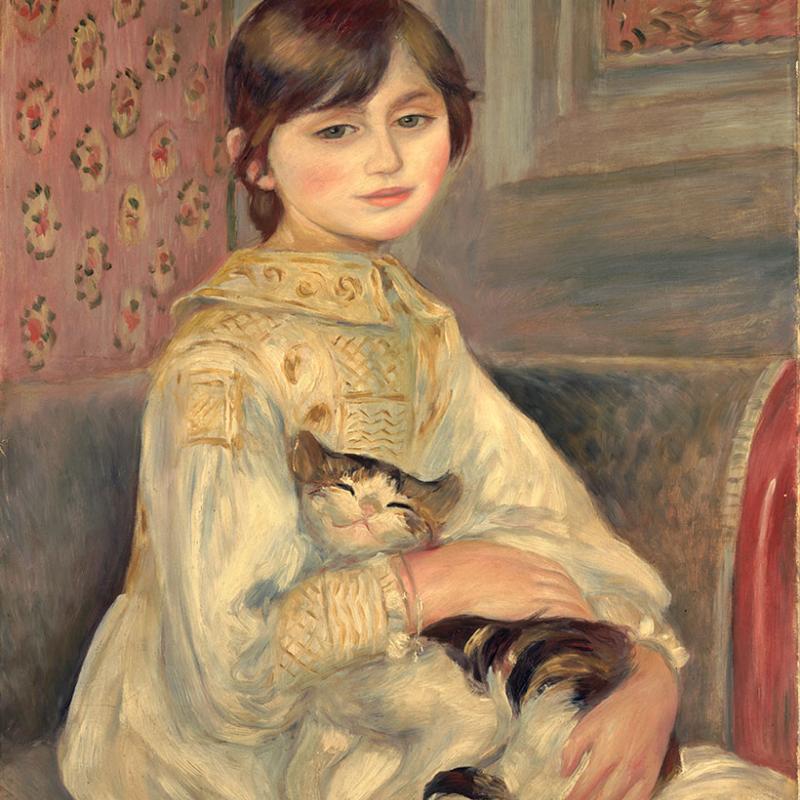
Child with a Cat or Julie Manet, 1887 Oil on canvas
Musée d’Orsay, Paris, RF 1999 13 Musée d'Orsay, dist. GrandPalaisRmn. Photography by Patrice Schmidt
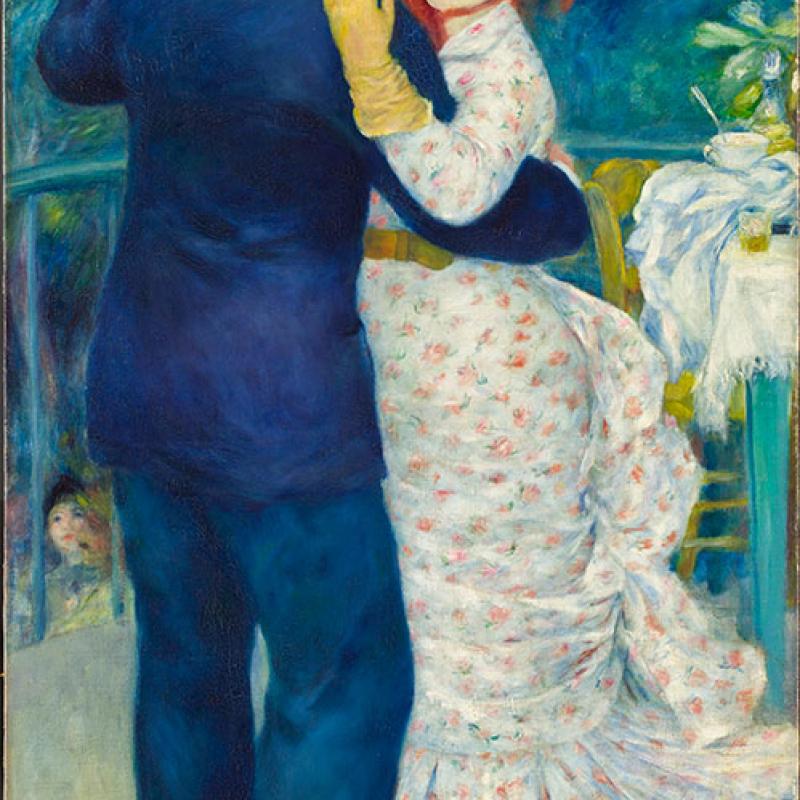
Dancers (Bougival) or Dance in the Country, 1883
Oil on canvas
Musée d’Orsay, Paris, RF 1979-64 Musée d'Orsay, dist. GrandPalaisRmn. Photography by Patrice Schmidt
.
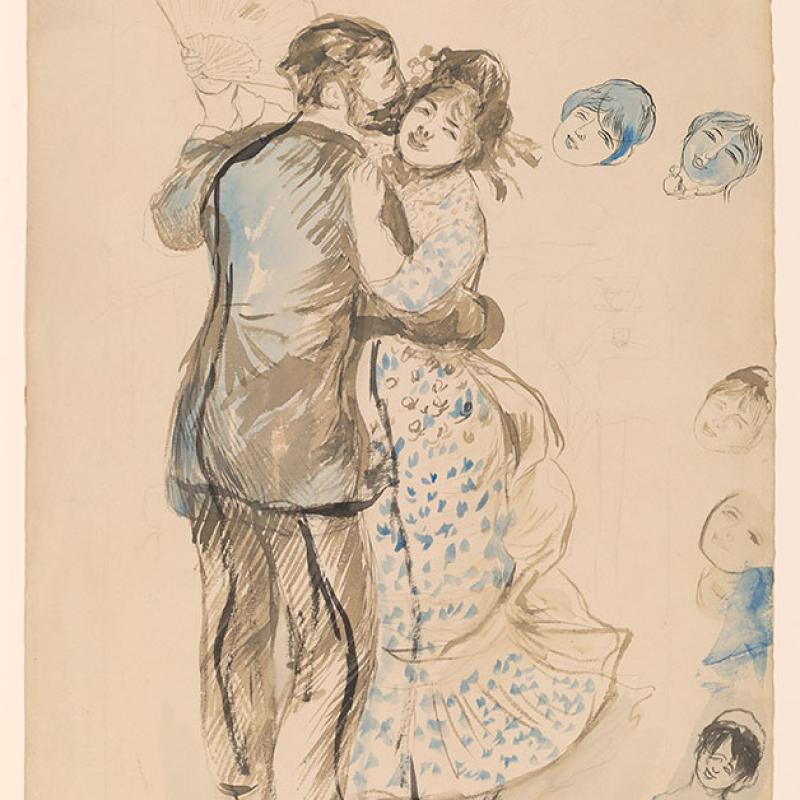
Study for “Dance in the Country,” 1883 Brush and brown, blue, and black wash over black chalk or graphite on paper
Yale University Art Gallery,
Bequest of Edith Malvina K. Wetmore, 1966.80.25.
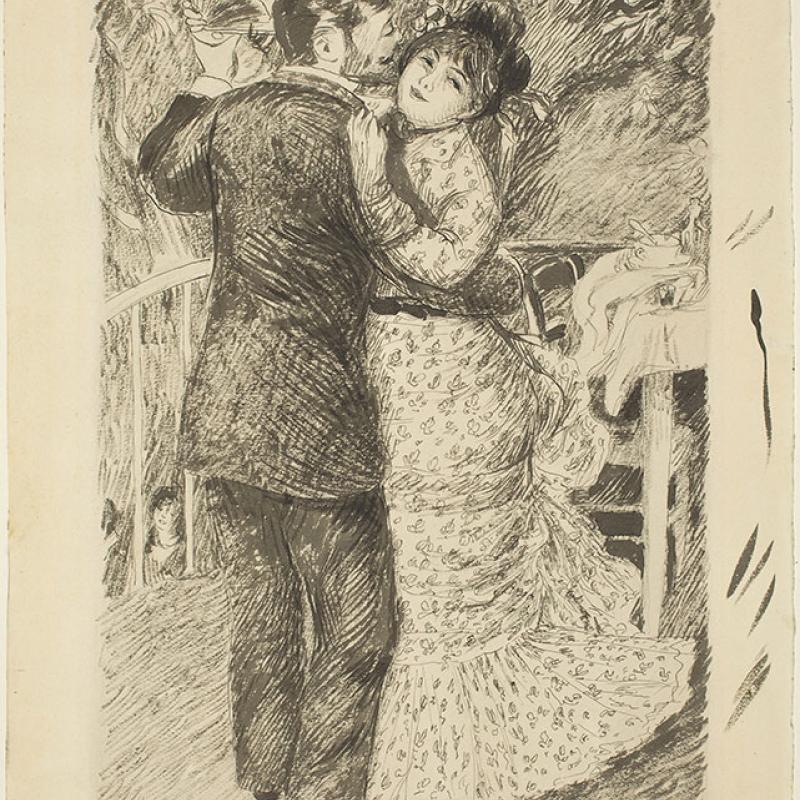
Dance in the Country, 1883
Pen and brush and gray ink on paper
National Gallery of Art, Washington, Collection of Mr. and Mrs. Paul Mellon, 1995, 1995.47.65
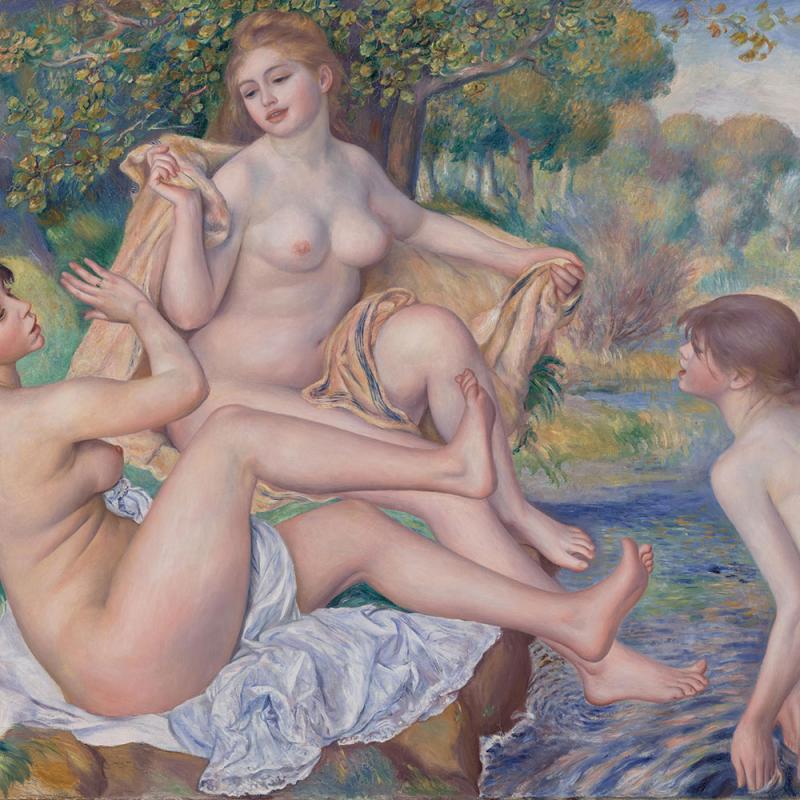
The Great Bathers, 1886–87
Oil on canvas
Philadelphia Museum of Art. The Mr. and Mrs. Carroll S. Tyson, Jr., Collection, 1963, 1963- 116-13
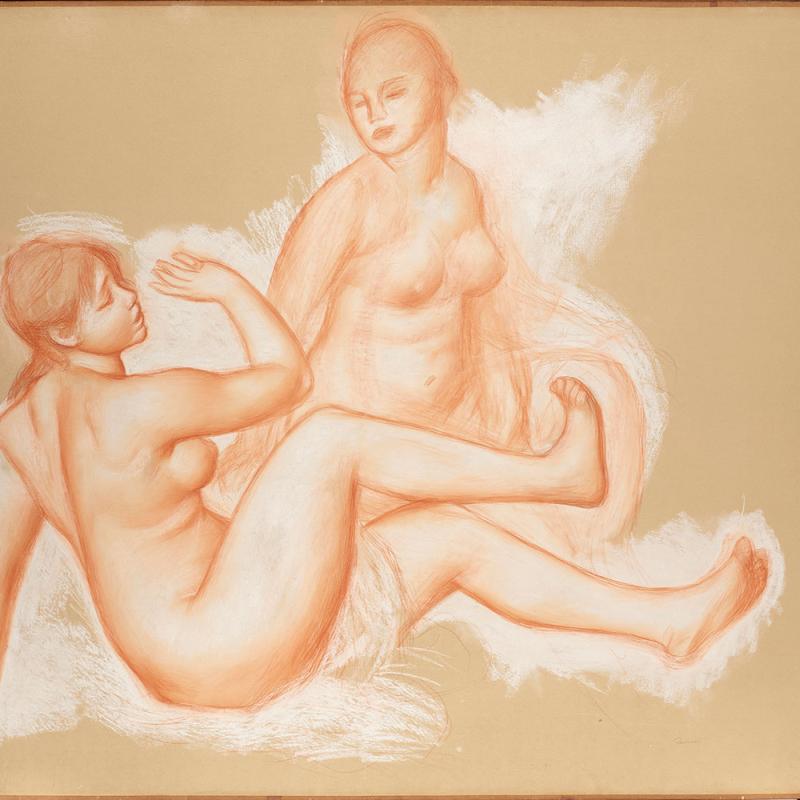
Study for “The Great Bathers,” ca. 1886–87 Red and white chalk, with smudging and blending, on paper mounted to canvas
The Morgan Library & Museum, Bequest of Drue Heinz, 2018.71. Photography by Graham Haber, 2018.
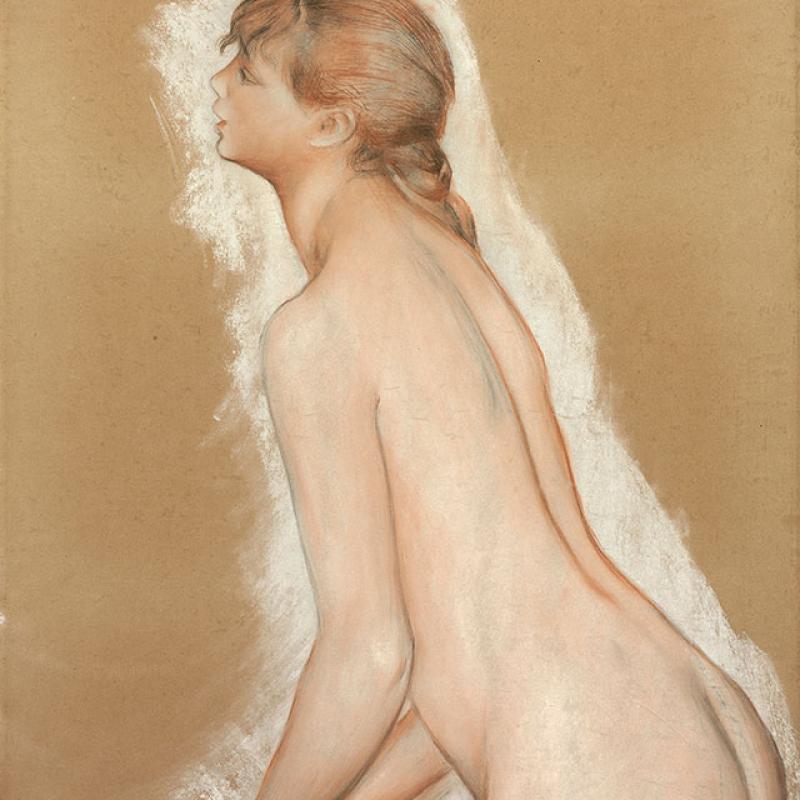
Splashing Figure (Study for “The Great Bathers”), ca. 1886–87
Red, white, and black chalk, with stumping, and black Conté crayon on tracing paper mounted to canvas
The Art Institute of Chicago, Bequest of Kate L. Brewster, 1949.514
The Art Institute of Chicago / Art Resource, NY.
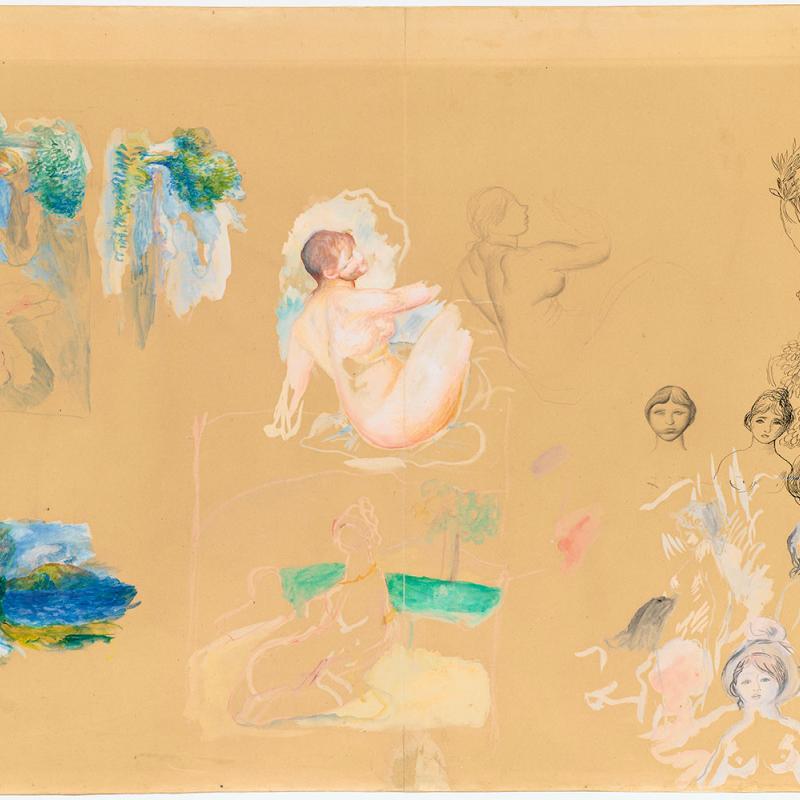
Sheet of Studies, ca. 1885–86
Graphite, pen and black ink, and watercolor on paper
Musée d’Orsay, Paris, RF 28657
Musée d'Orsay, dist. GrandPalaisRmn. Photography by Tony Querrec
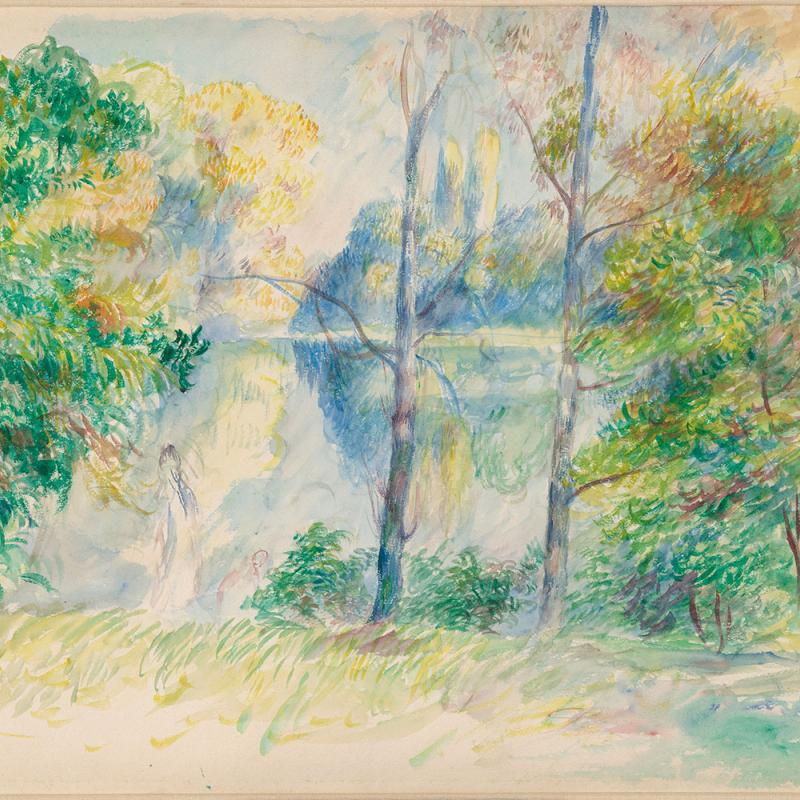
View of a Park, ca. 1885–90
Watercolor with white opaque watercolor on paper
Thaw Collection, The Morgan Library & Museum. Photography by Graham S. Haber, 2017.
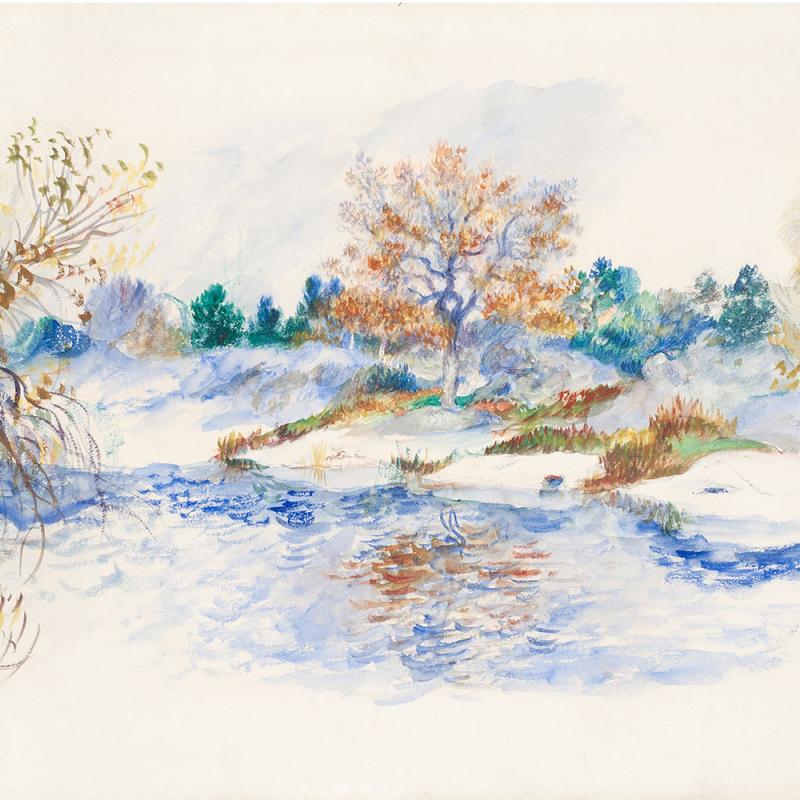
Landscape, Autumnal Effect, ca. 1885–86 Watercolor
Inscribed lower right: a Madame Clapisson Collection of David Lachenmann
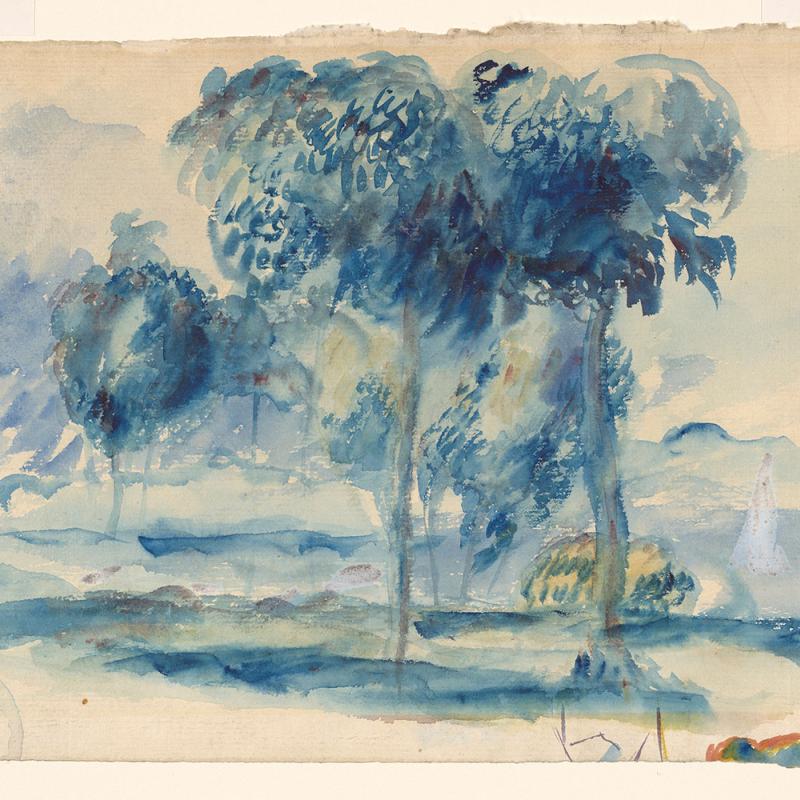
Trees at the Edge of a Lake, ca. 1890–95 Watercolor on paper
Promised Gift to the Morgan Library & Museum from the Collection of Elizabeth and Jean-Marie Eveillard. Photography courtesy of The Morgan Library & Museum, Photography by Janny Chiu, 2023.
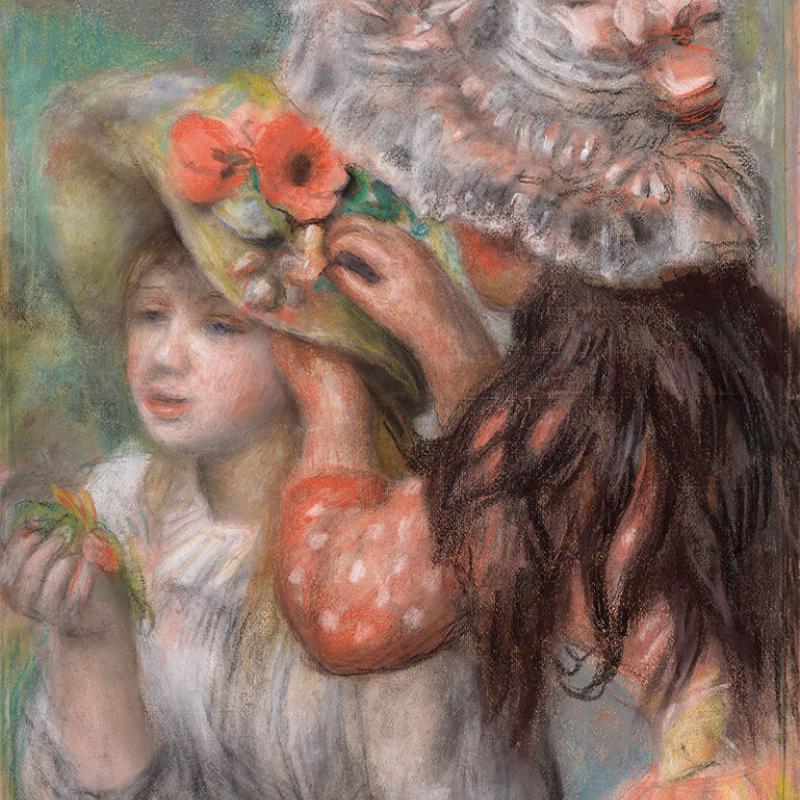
Pinning the Hat, 1890
Pastel on paper, mounted to laminated cardboard The Nelson-Atkins Museum of Art. Gift of Henry W. and Marion H. Bloch, 2015.13.20
The Nelson-Atkins Museum of Art. Gift of Henry W. and Marion H. Bloch, 2015.13.20 Image courtesy of Nelson-Atkins Digital Production & Preservation, Joshua Ferdinand.
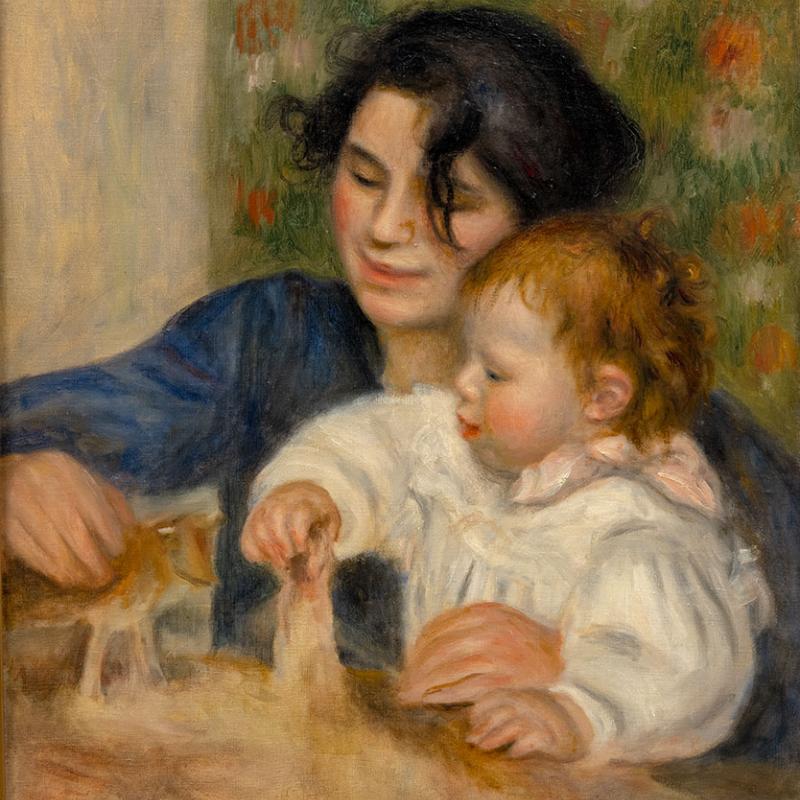
Gabrielle and Jean, ca. 1895–96
Oil on canvas Musée de l’Orangerie, Paris, Jean Walter and Paul Guillaume Collection, RF 1960-18 Musée de l'Orangerie, dist. GrandPalaisRmn. Photography by Sophie Crépy
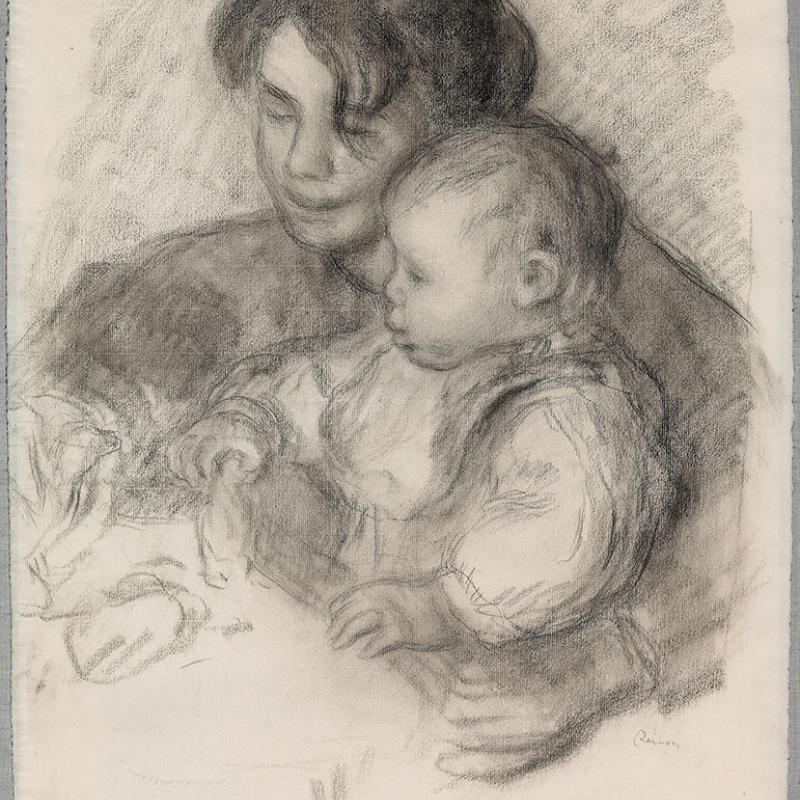
Gabrielle and Jean, ca. 1895
Black chalk on paper
National Gallery of Canada, Ottawa, gift of Martin Fabiani, 1956; 7296. Photo NGC
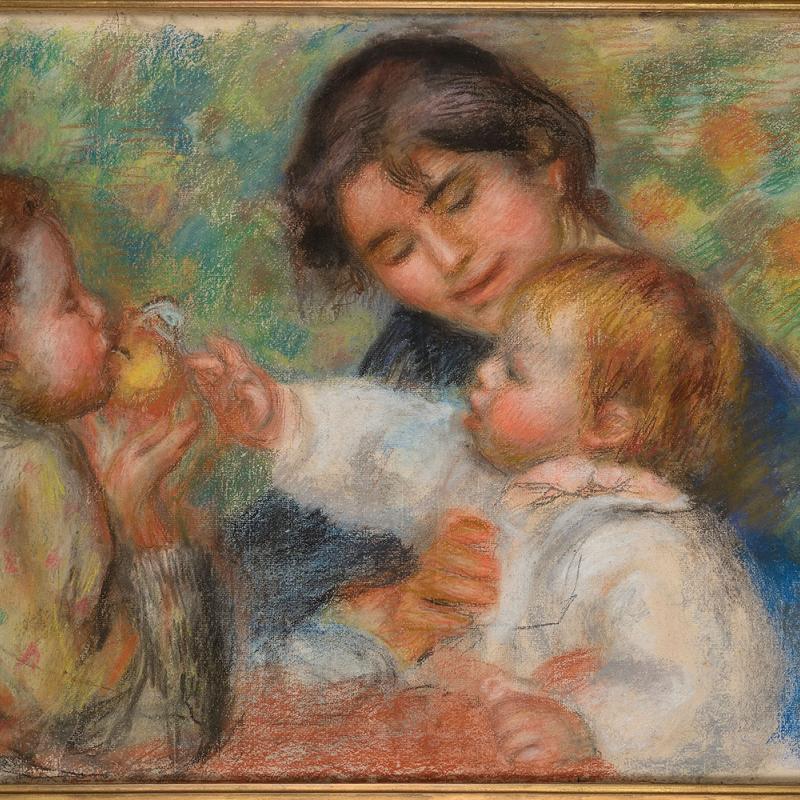
Child with an Apple or Gabrielle, Jean, and a Young Girl with an Apple, ca. 1895
Pastel
Collection of Leone Cettolin Dauberville Photo © Jean-Louis Losi, Paris
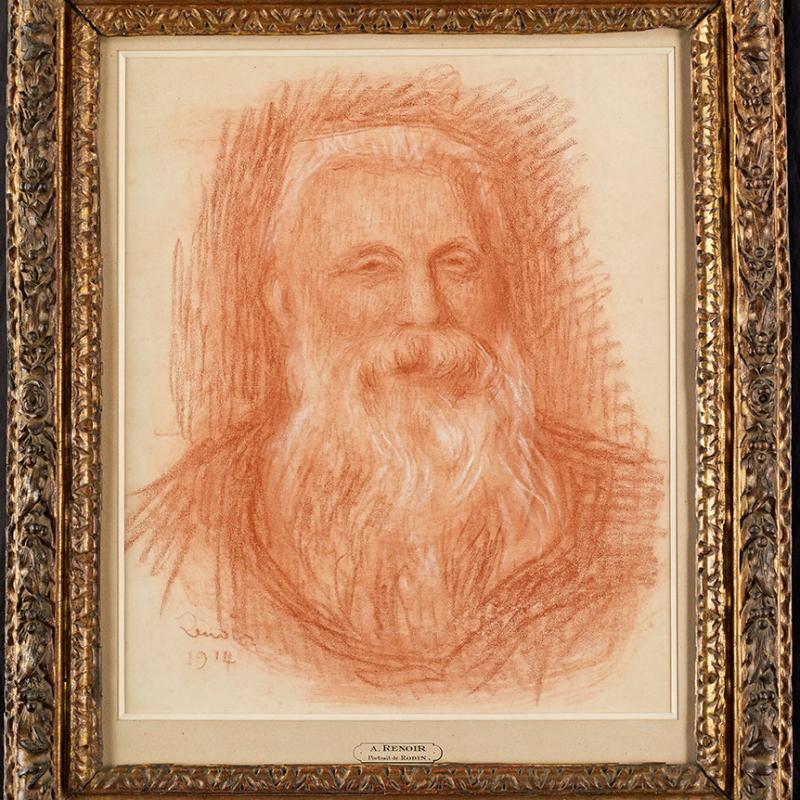
Auguste Rodin, 1914
Red and white chalk
Private collection, United Kingdom, courtesy Daniel Katz Gallery, London Photography by Prudence Cuming Associates, London.
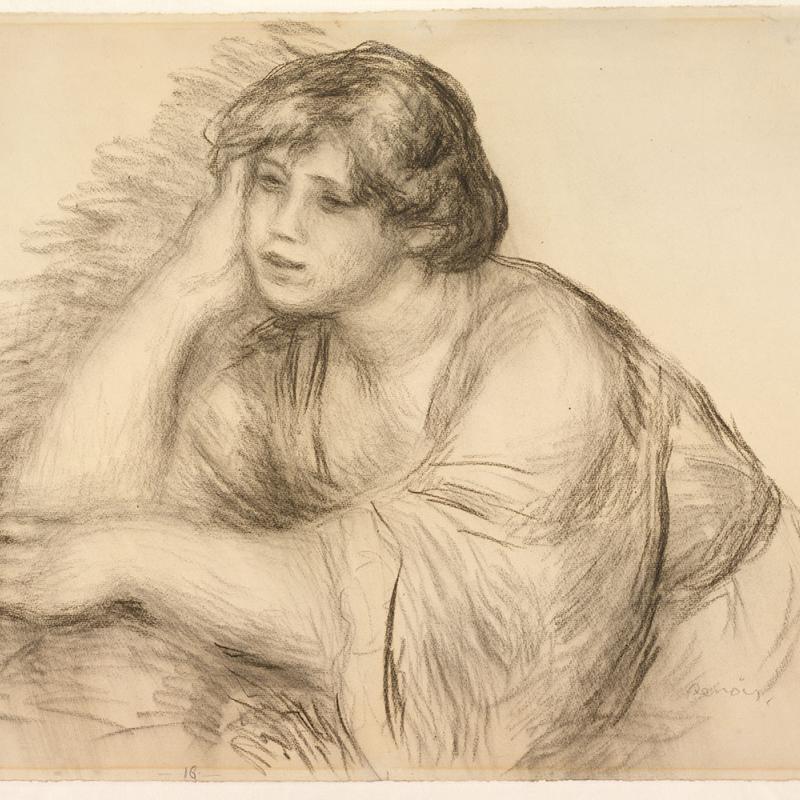
Seated Woman Leaning on Her Elbow, ca. 1915–17
Black chalk
The Albertina Museum, Vienna; inv. 24330. Image: The ALBERTINA Museum, Vienna.
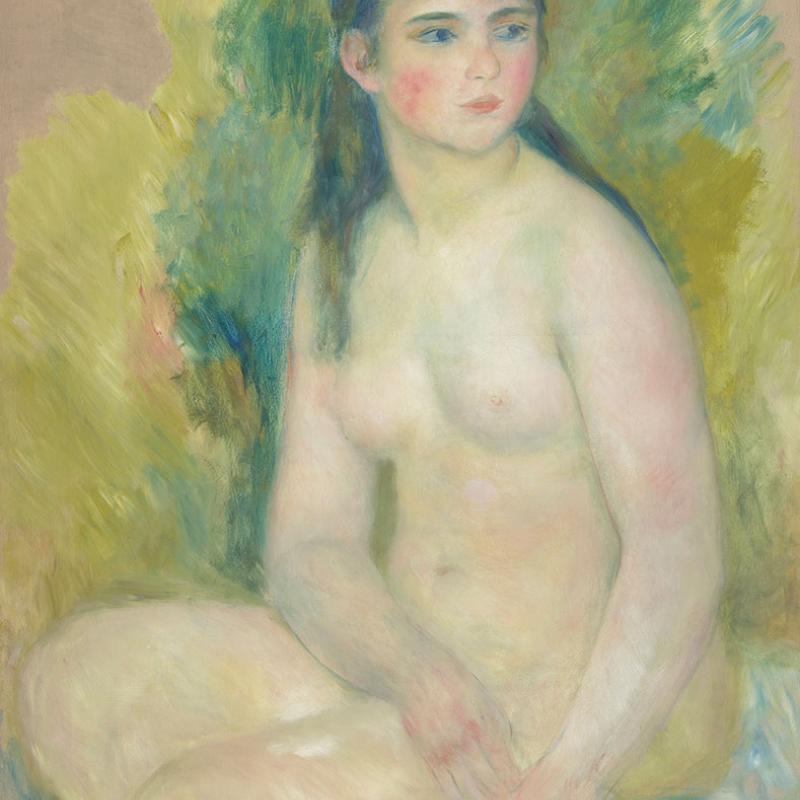
Seated Nude, ca. 1880
Oil on canvas
Musée Rodin, Paris; P.07334
© Musée Rodin, photo Hervé Lewandowski
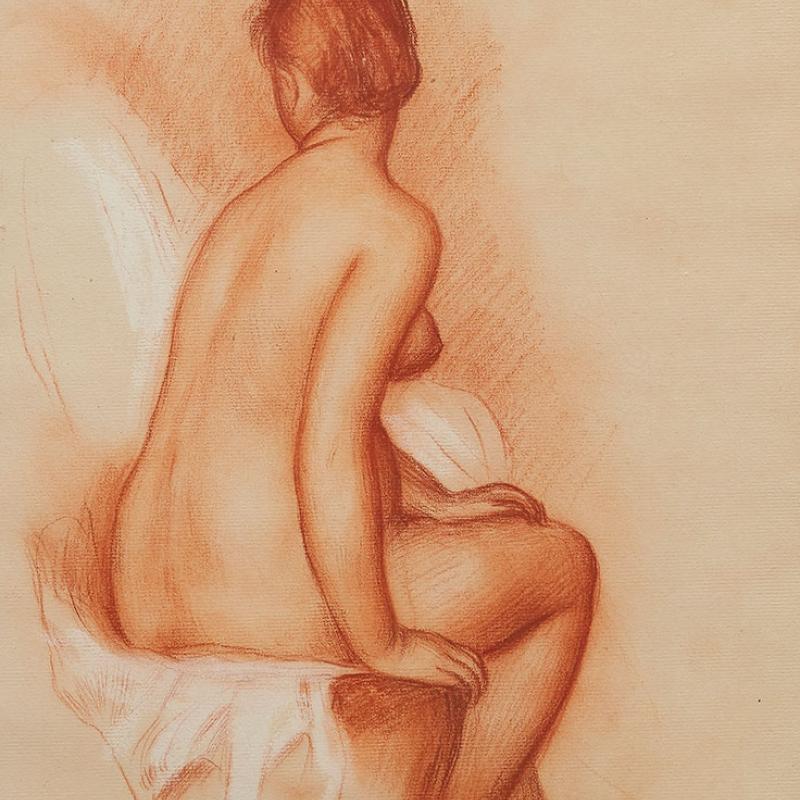
Seated Nude Seen from the Back, ca. 1885– 87
Red and white chalk on paper mounted to board Collection of George Condo
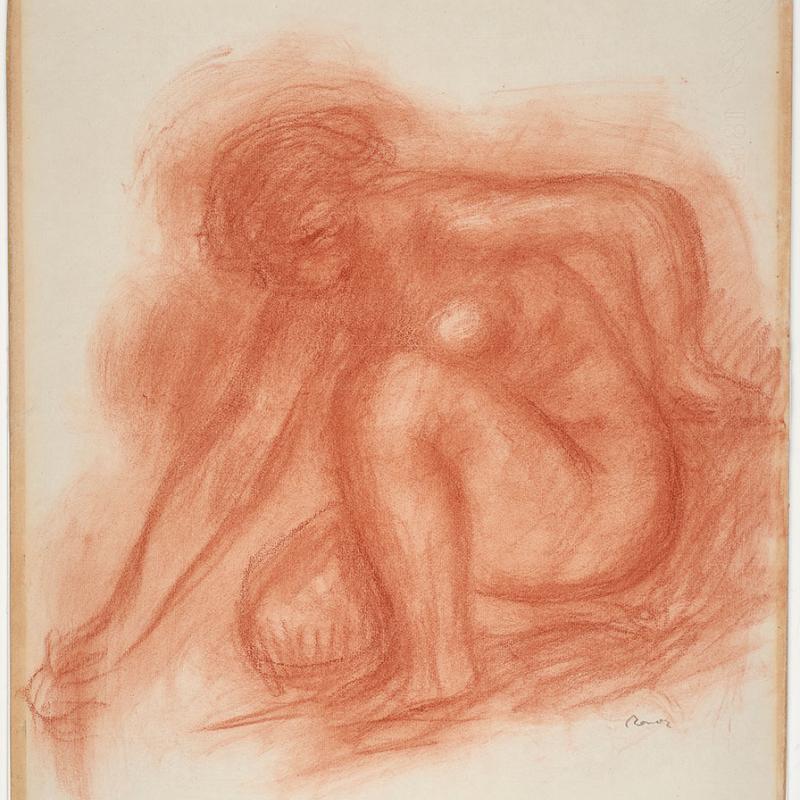
Crouching Nude, ca. 1897
Red chalk
National Gallery of Canada, Ottawa; 5827. Photo NGC
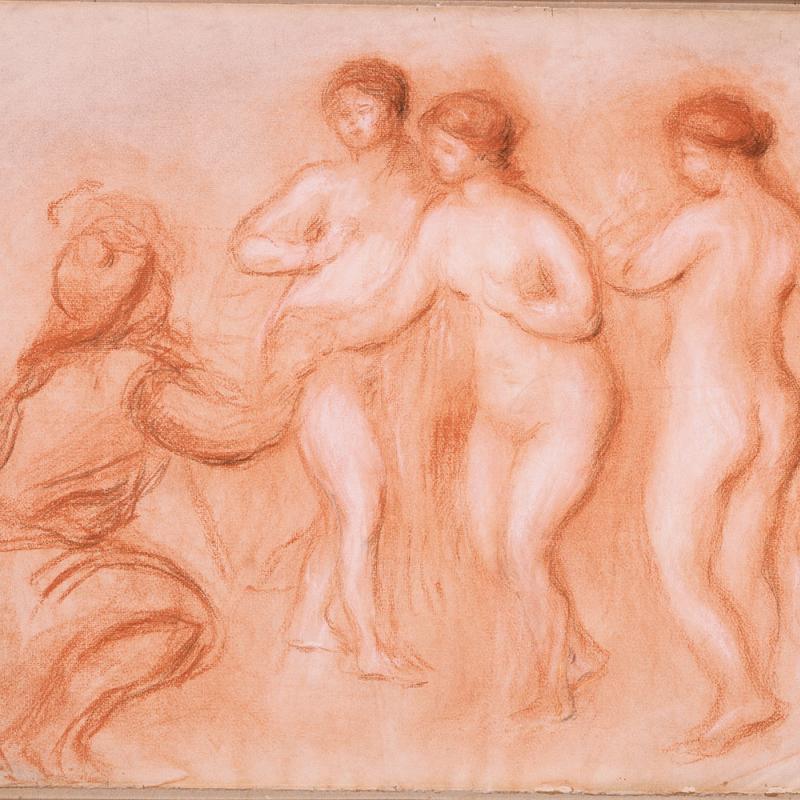
Study for “The Judgment of Paris,” ca. 1908 Black, red, and white chalk
The Phillips Collection, Washington, DC; 1636, Acquired 1940.
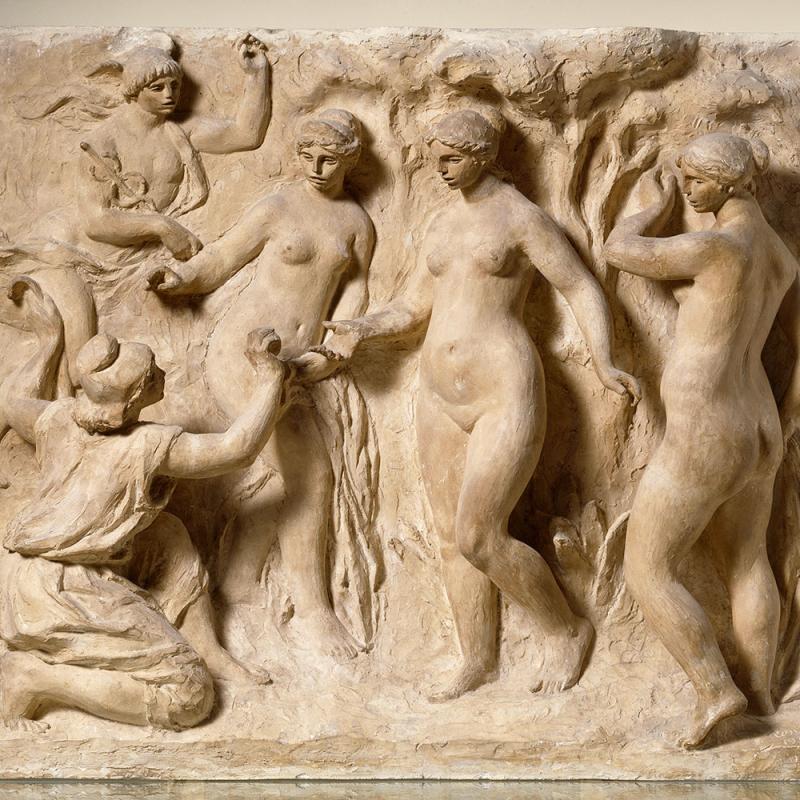
Auguste Renoir (1841–1919) and Richard Guino (1890–1973)
The Judgment of Paris, 1914
Patinated plaster Musée d’Orsay, Paris; RF 2745 Musée d'Orsay, dist. GrandPalaisRmn. Photography by René-Gabriel Ojéda








%2C_1879_-_Google_Art_Project.jpg/960px-Pierre-Auguste_Renoir_-_Portrait_of_a_Young_Girl_(Elisabeth_Ma%C3%AEtre)%2C_1879_-_Google_Art_Project.jpg)


